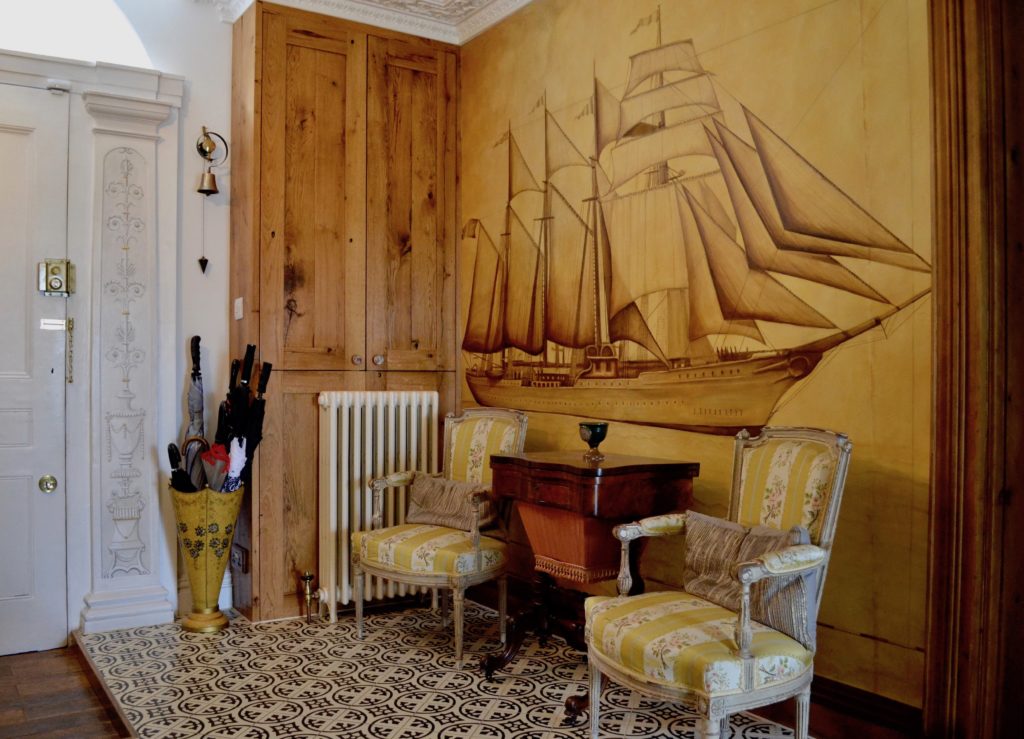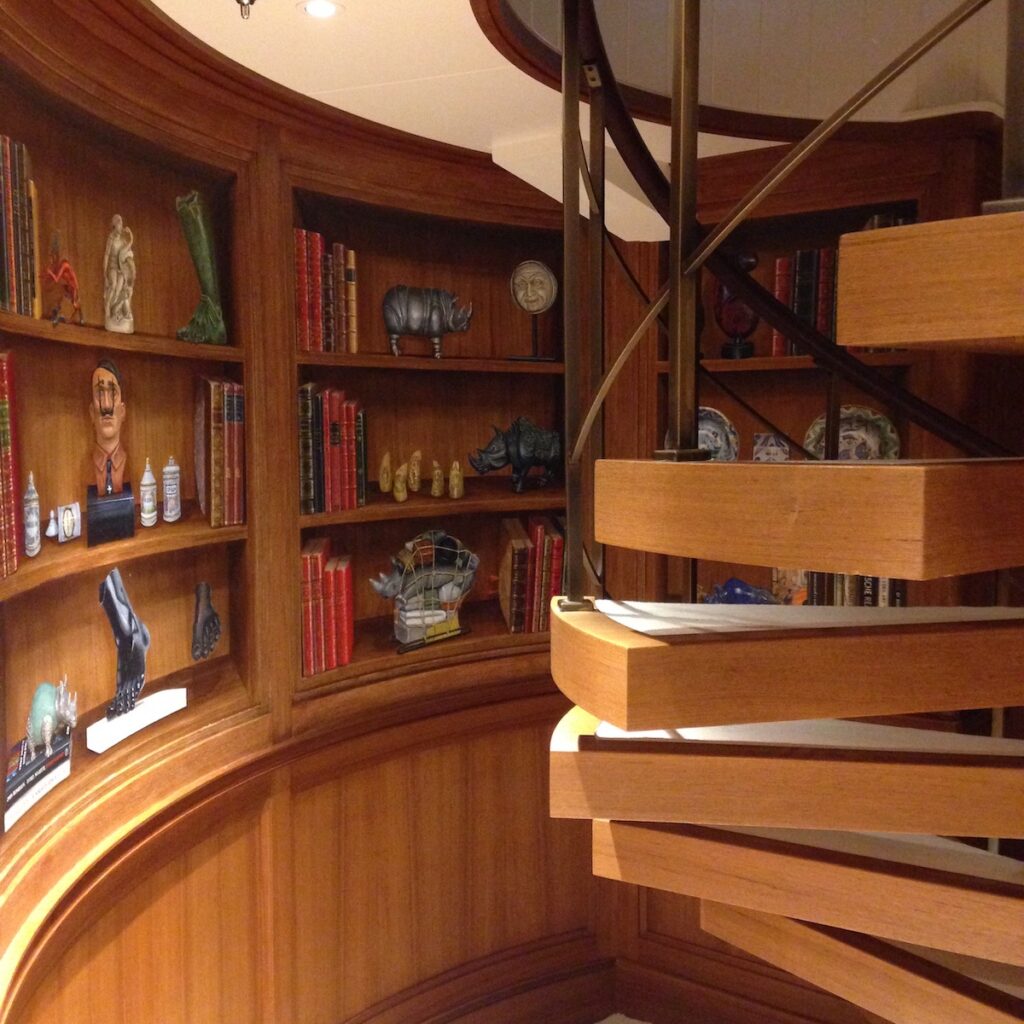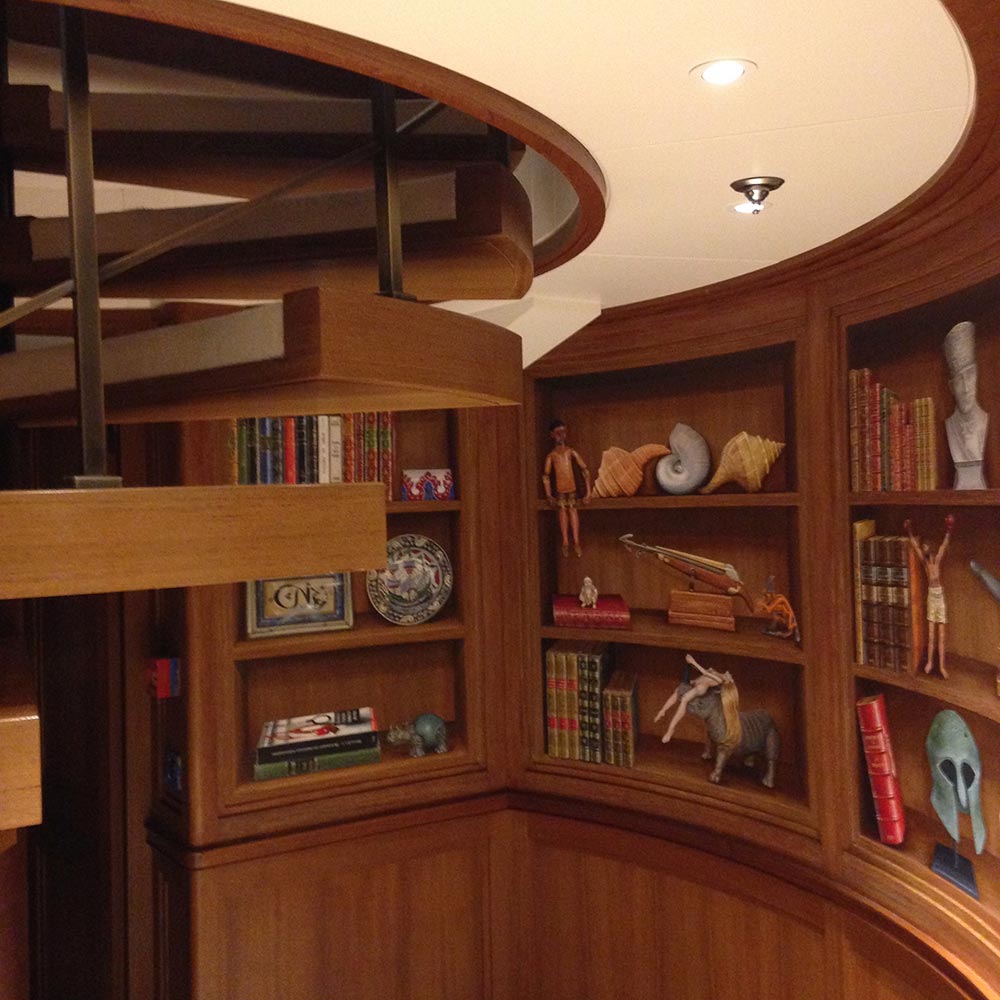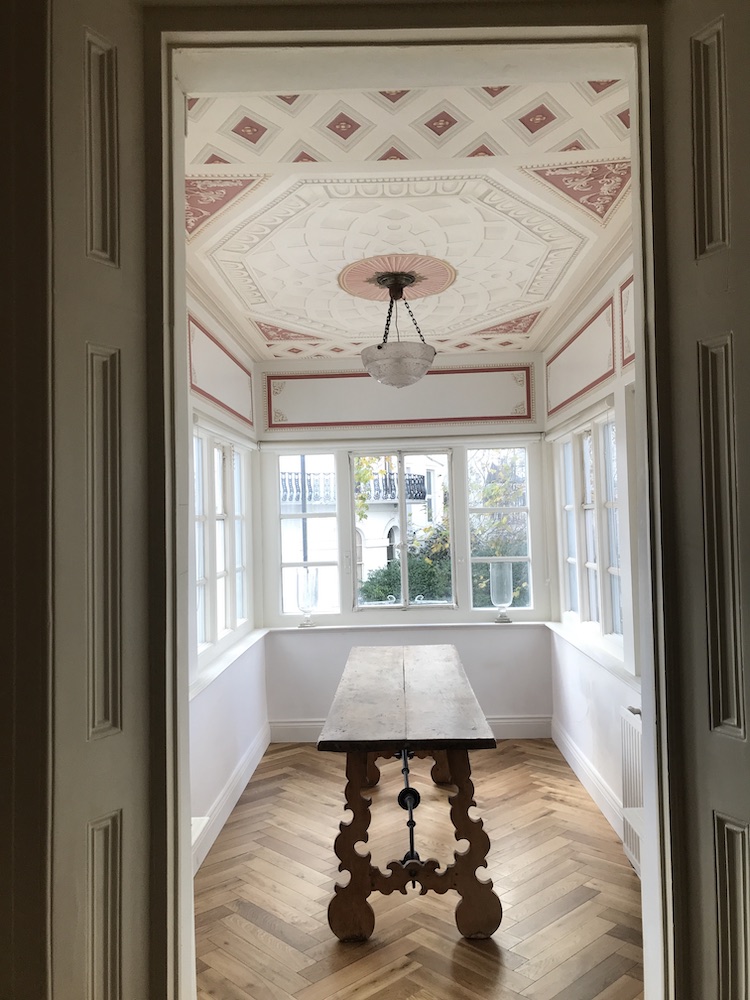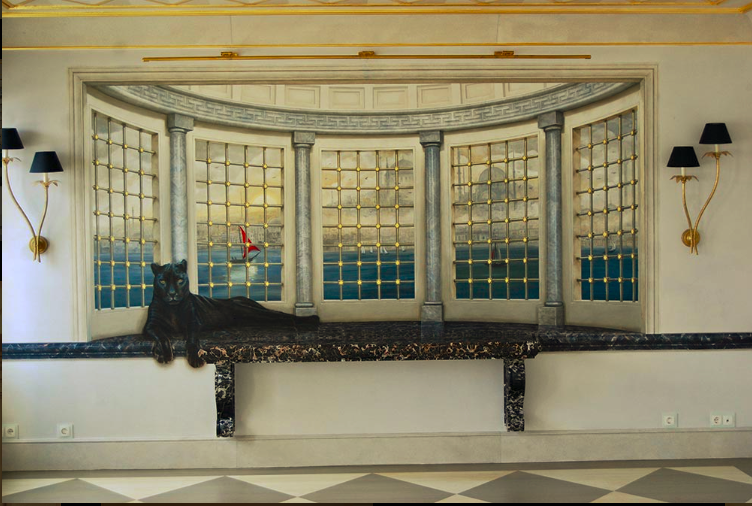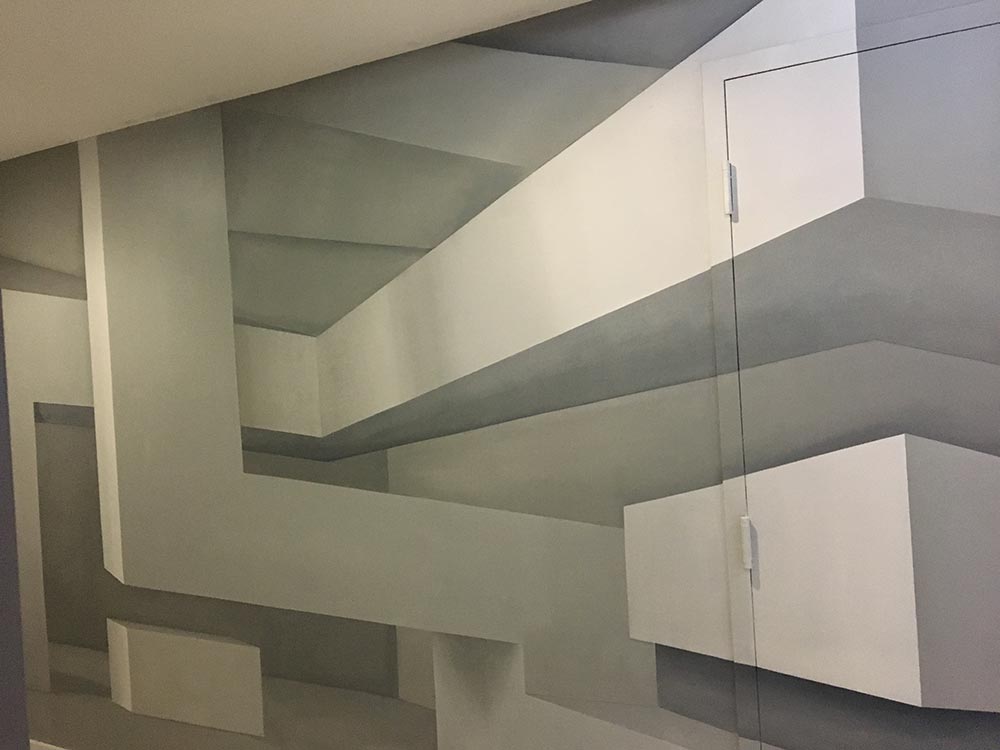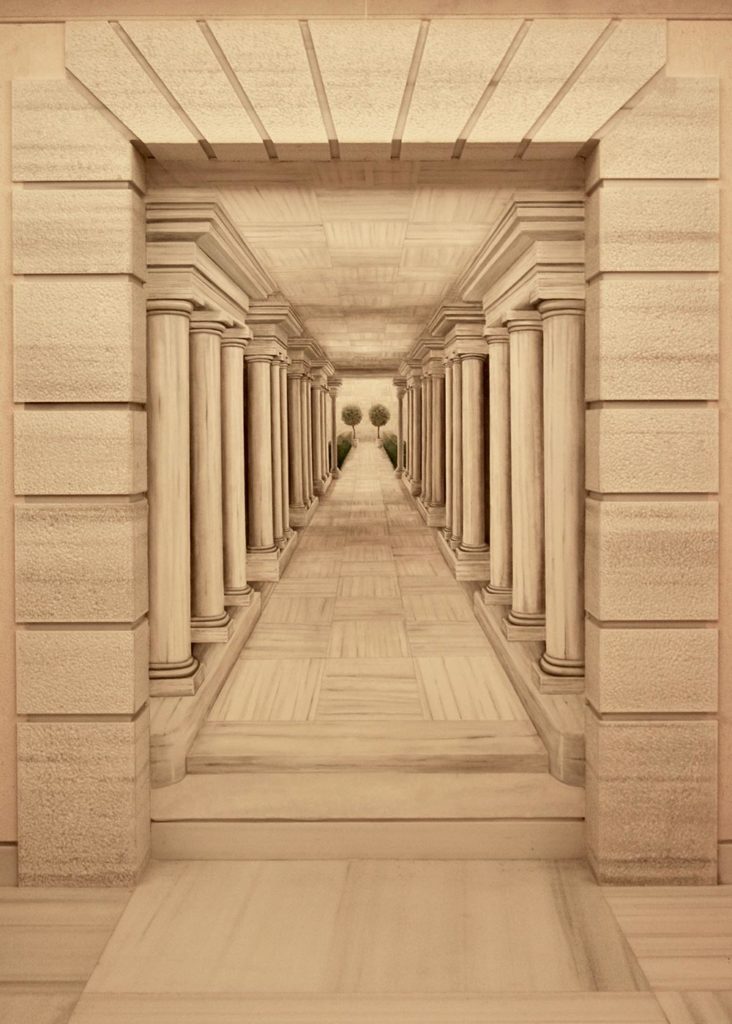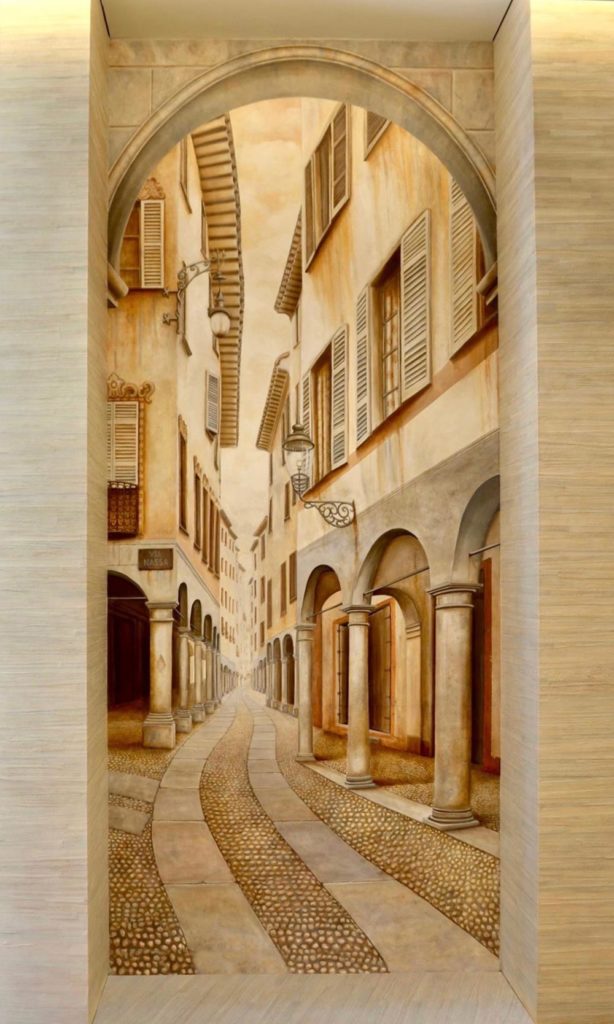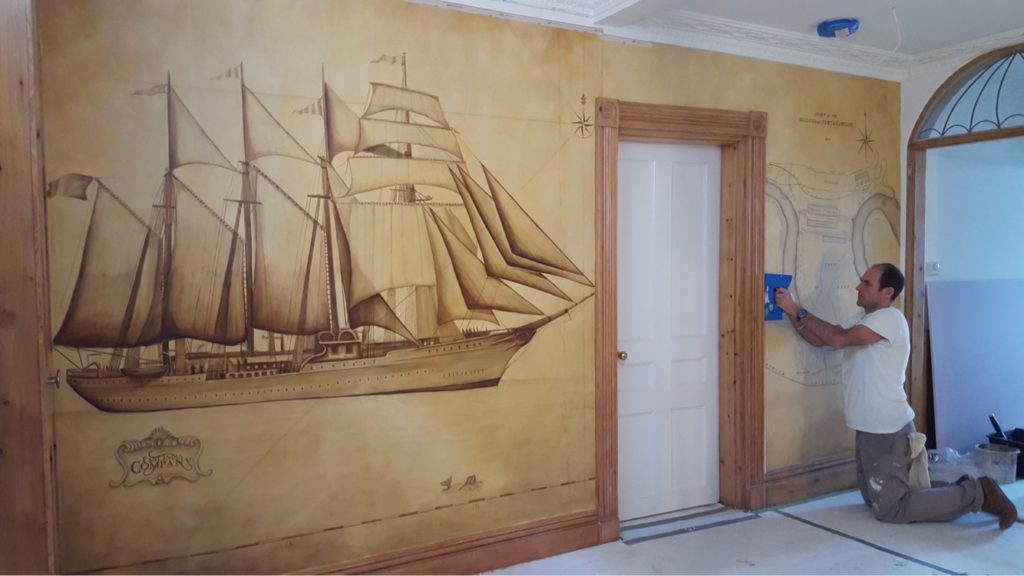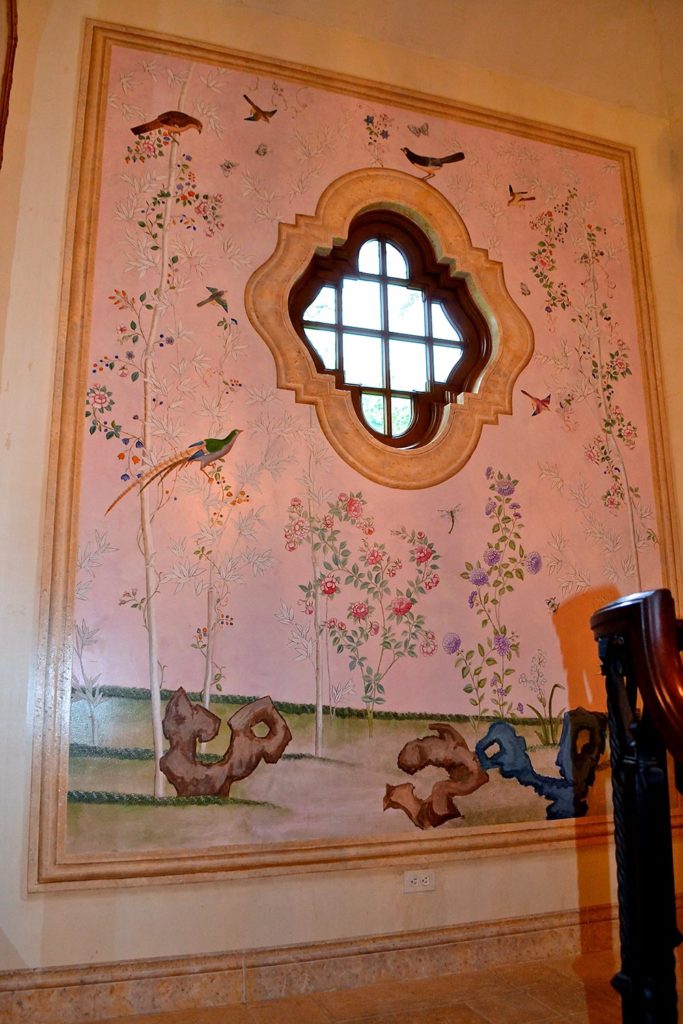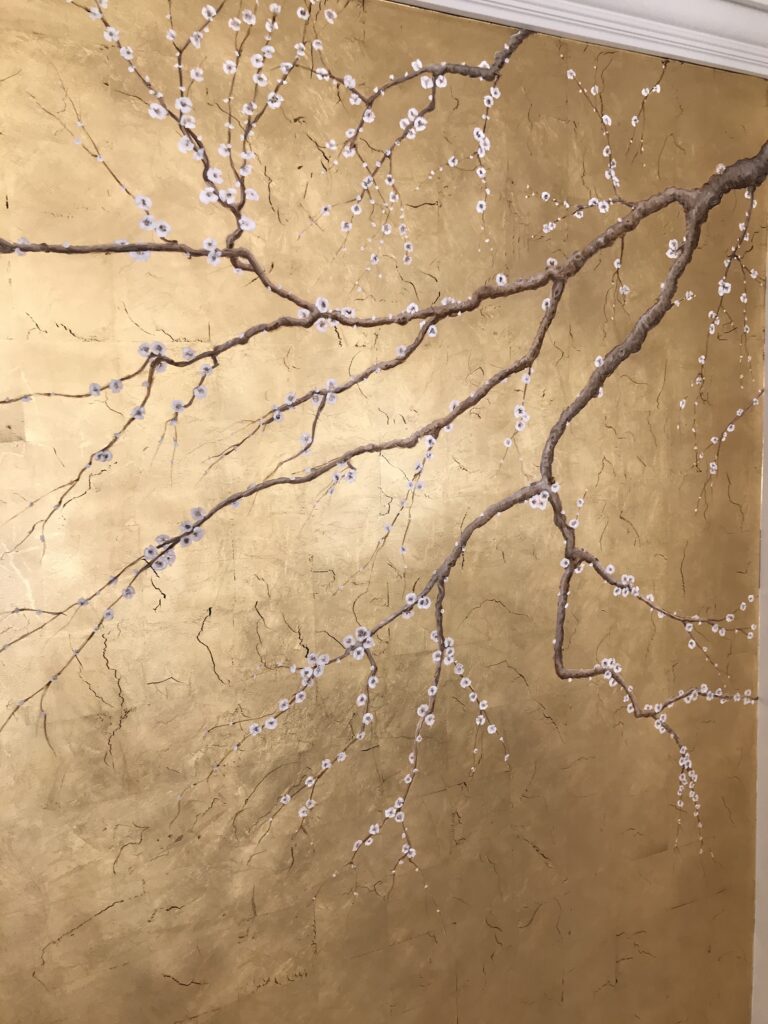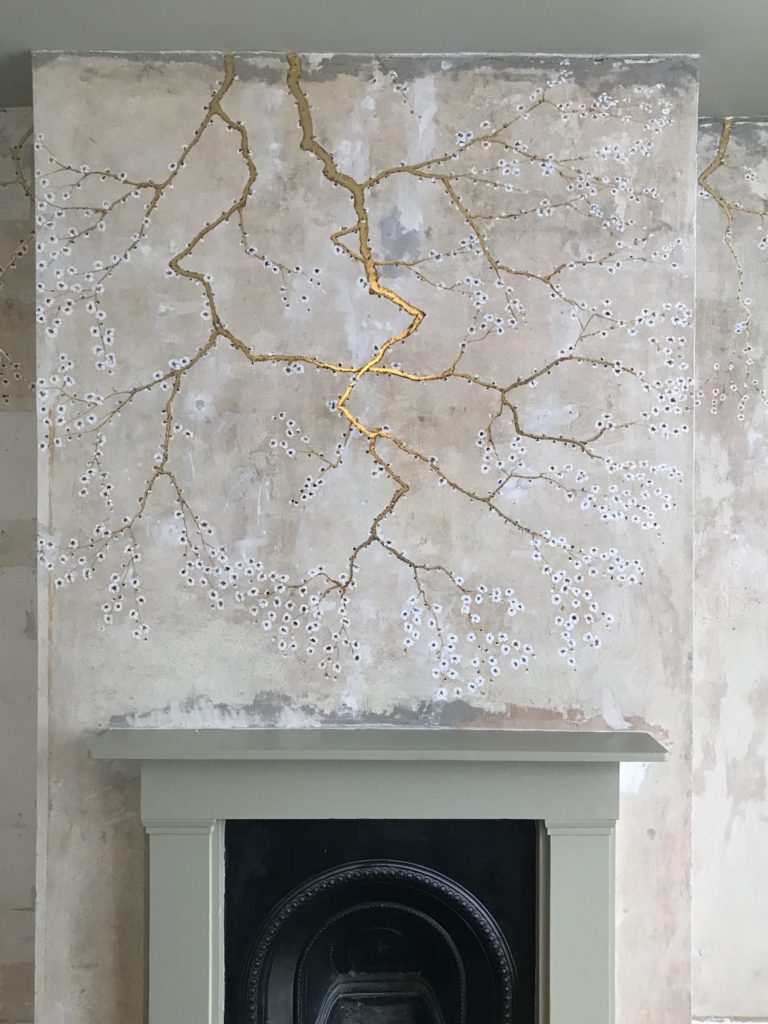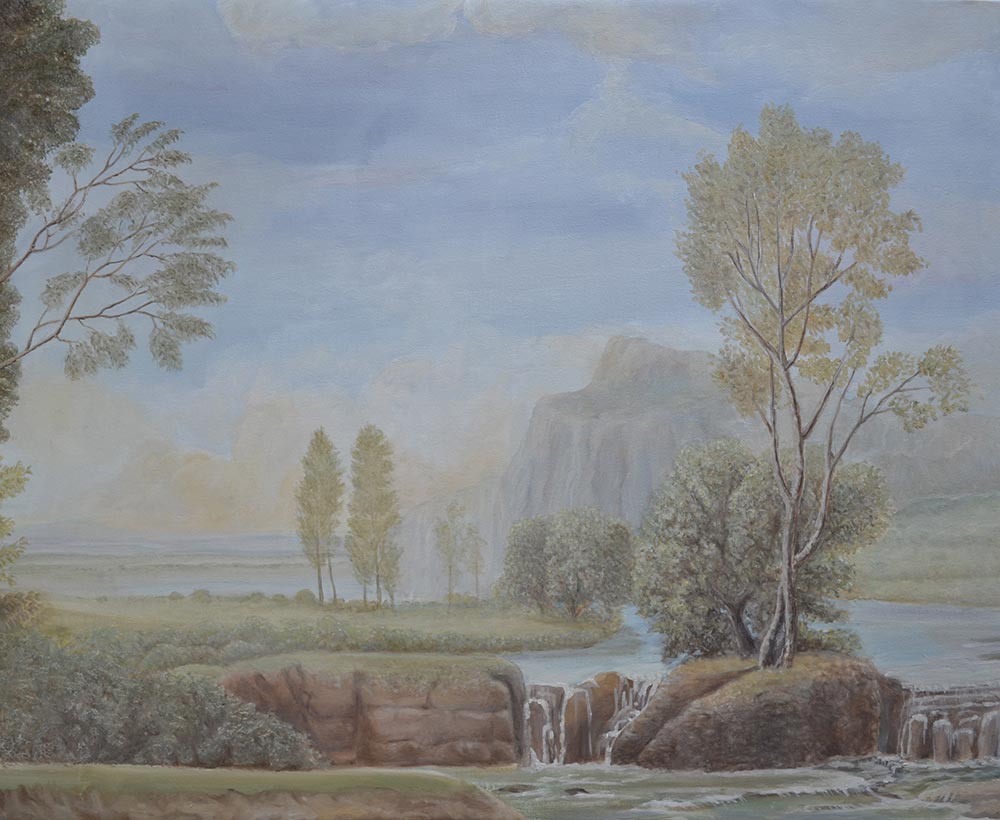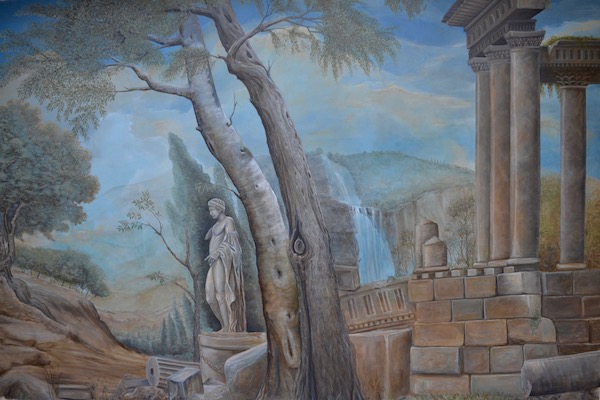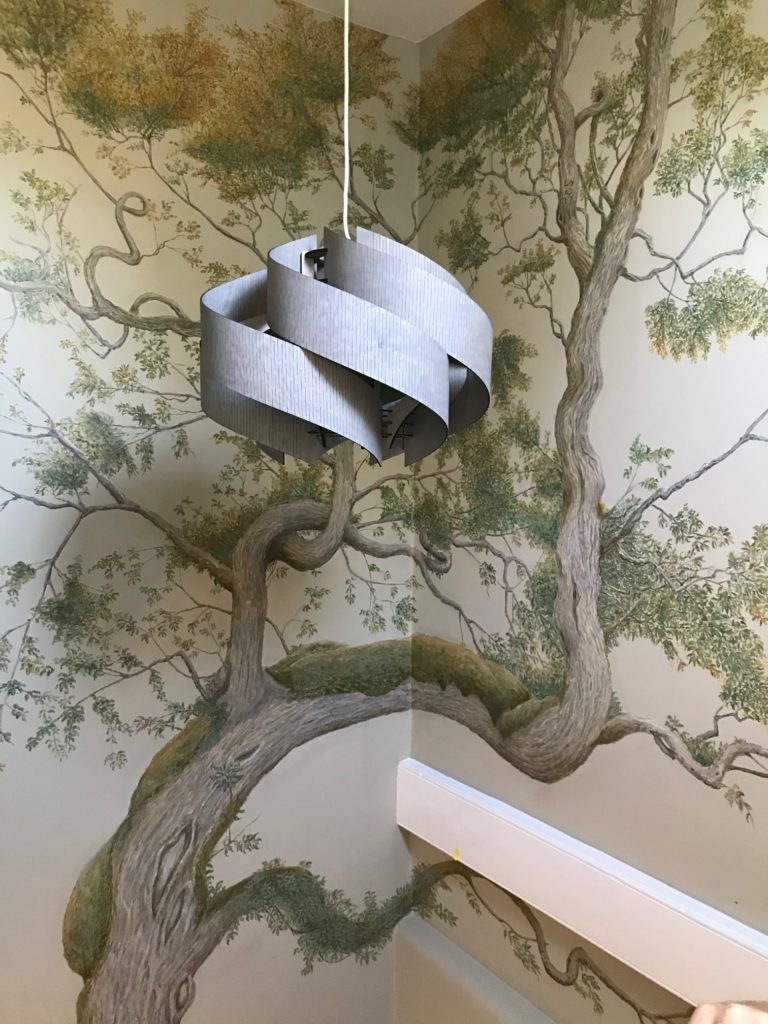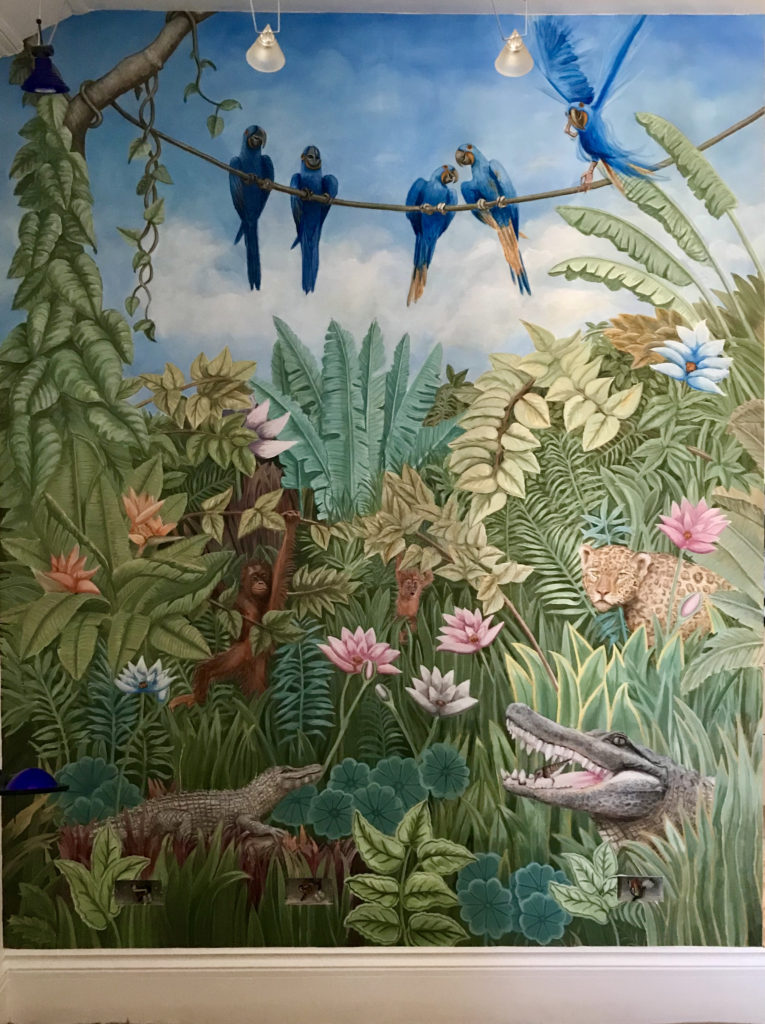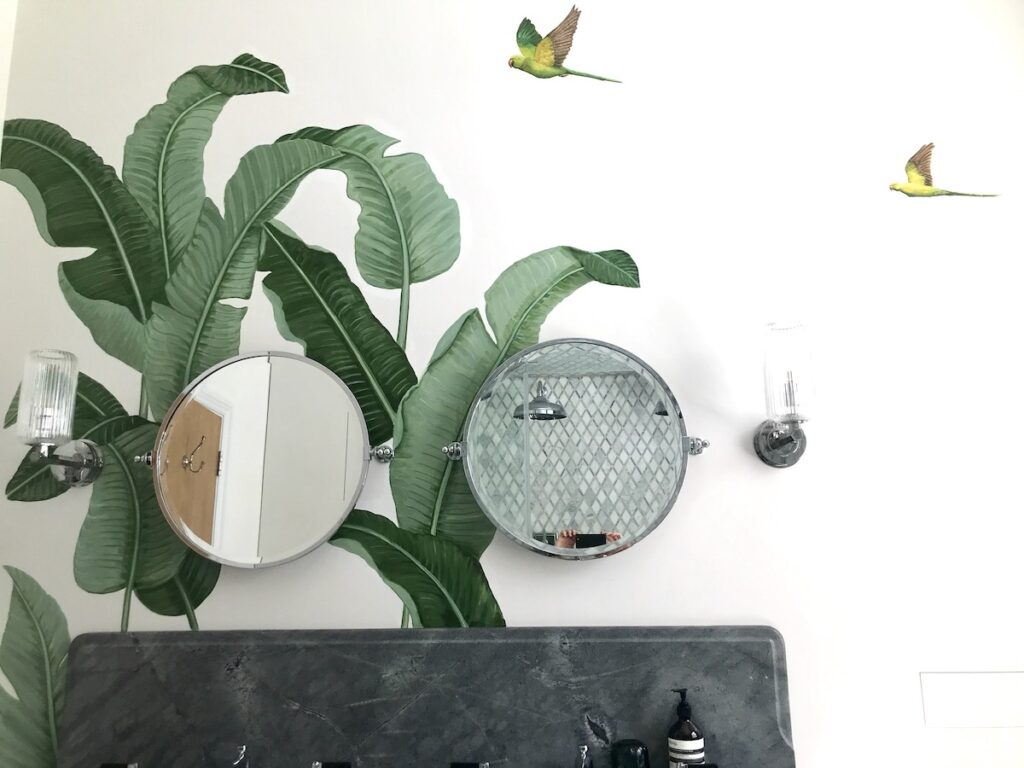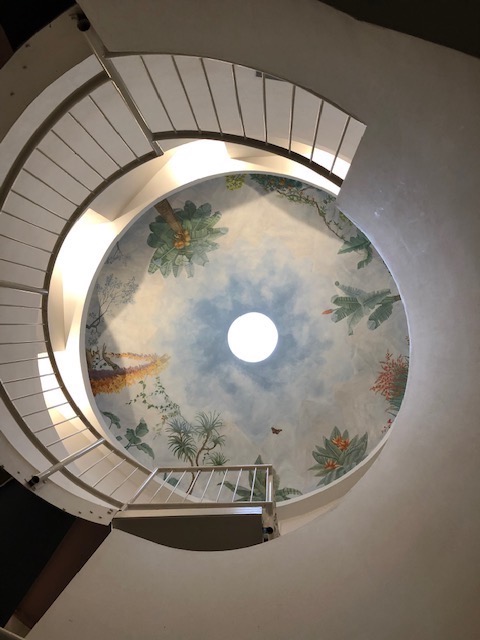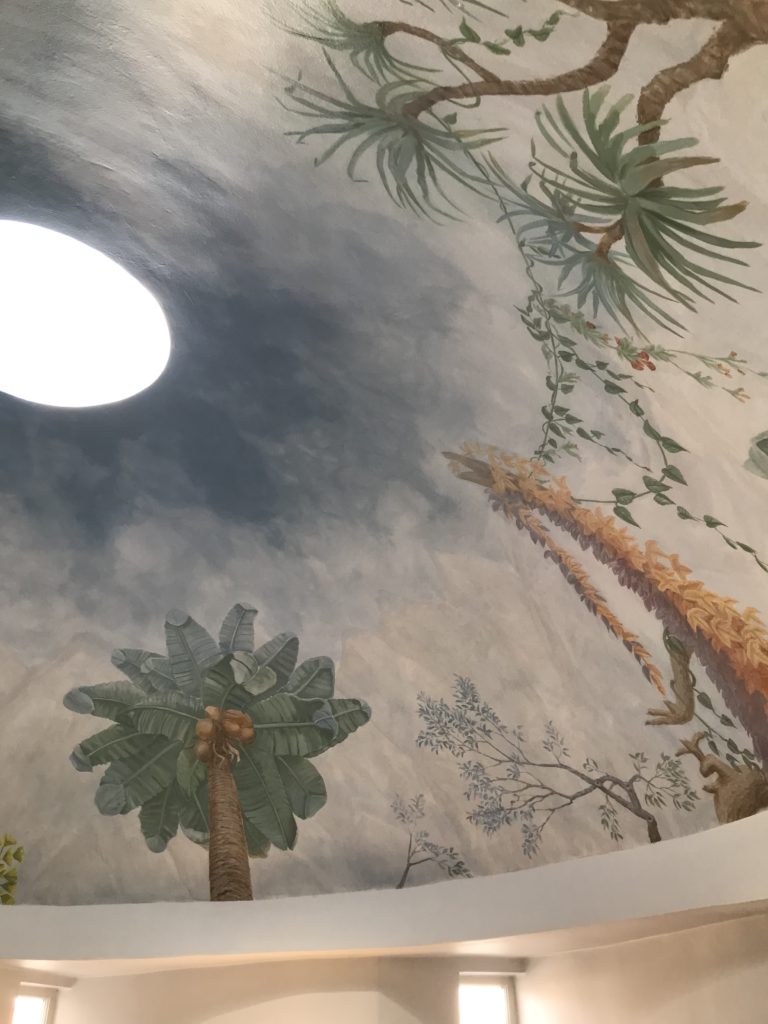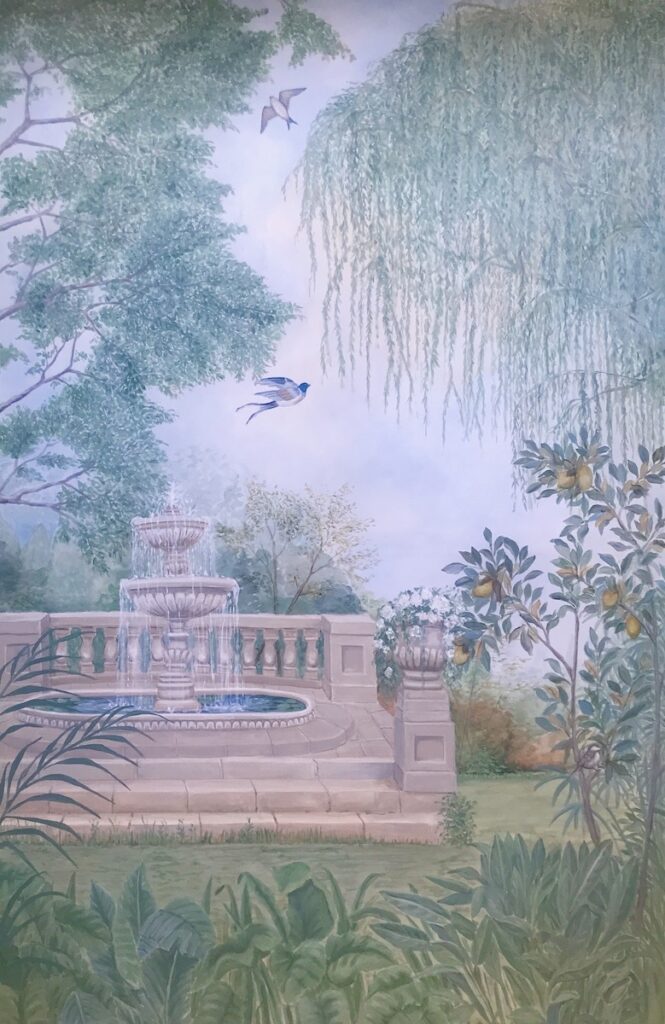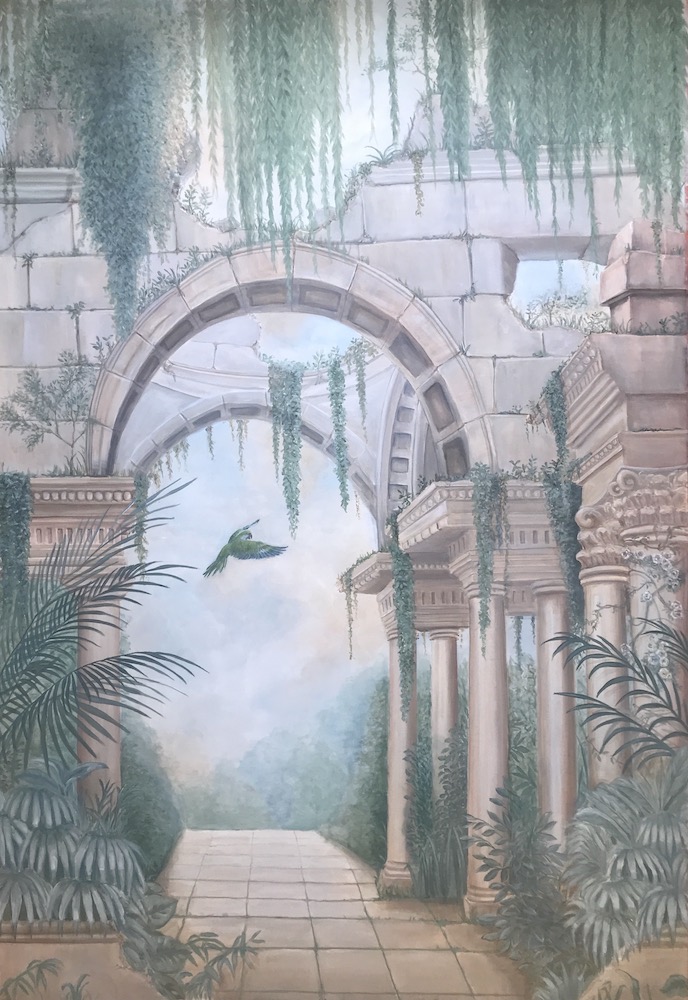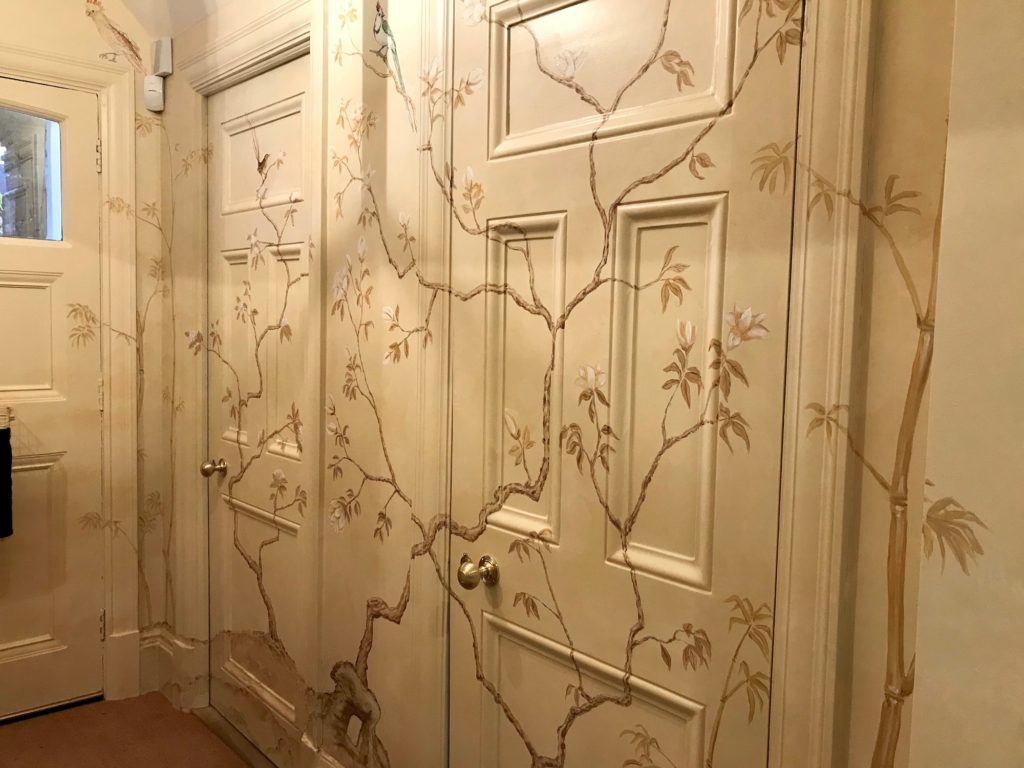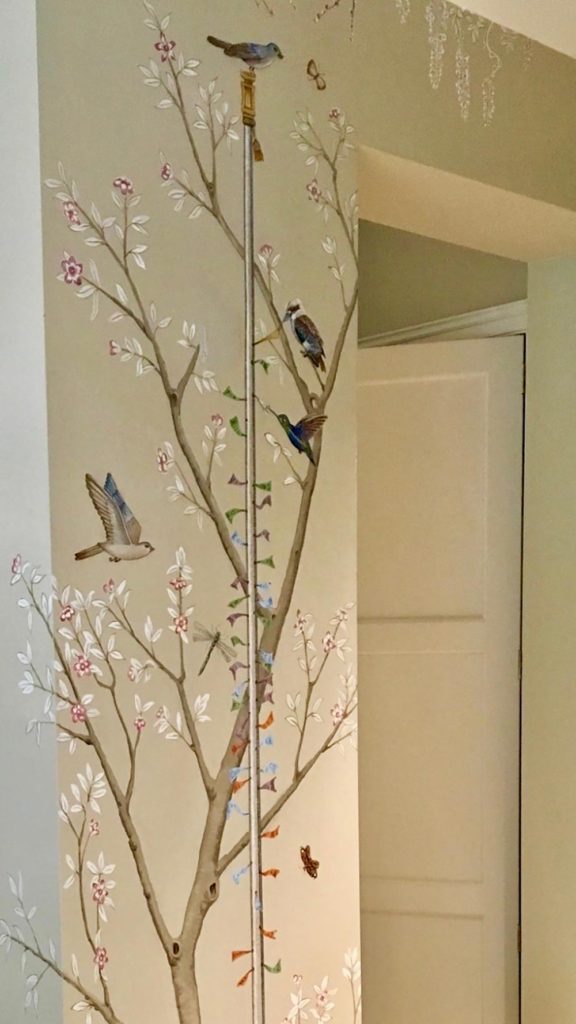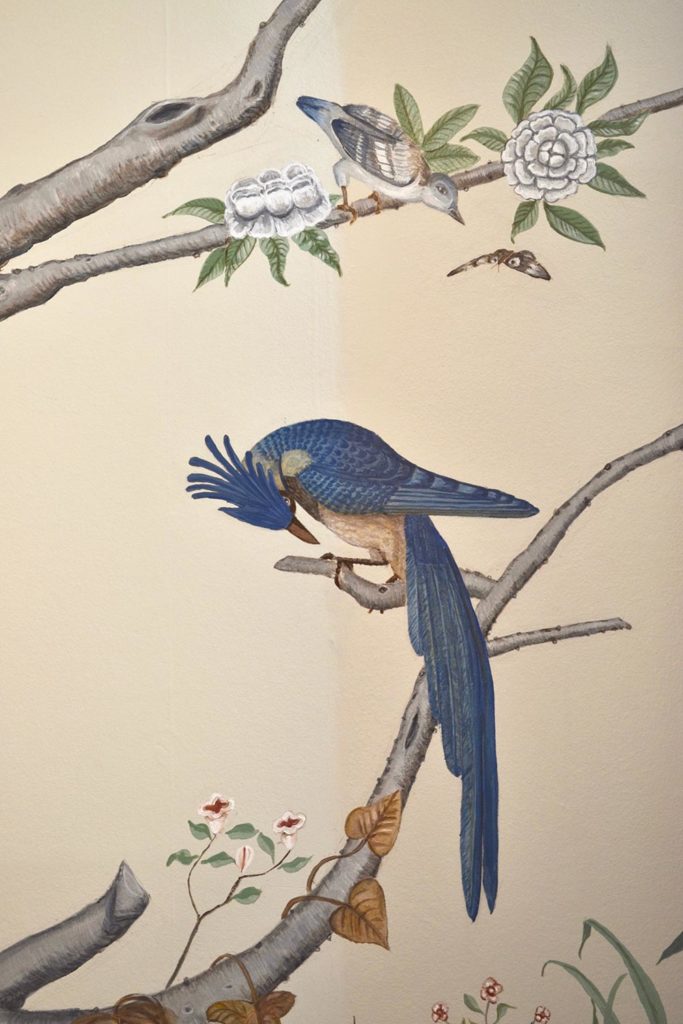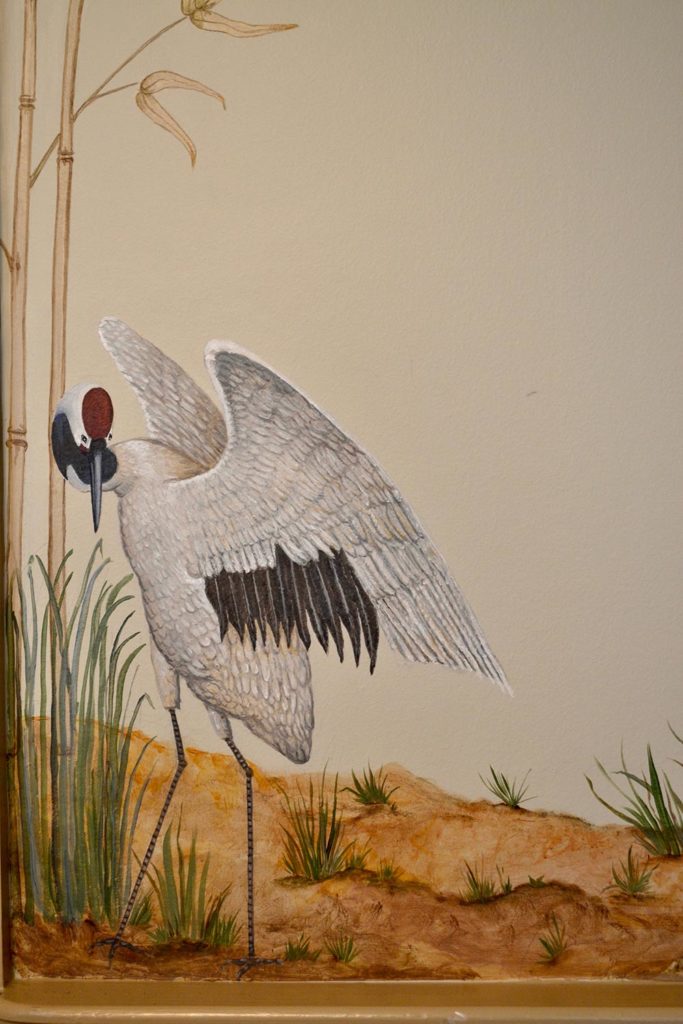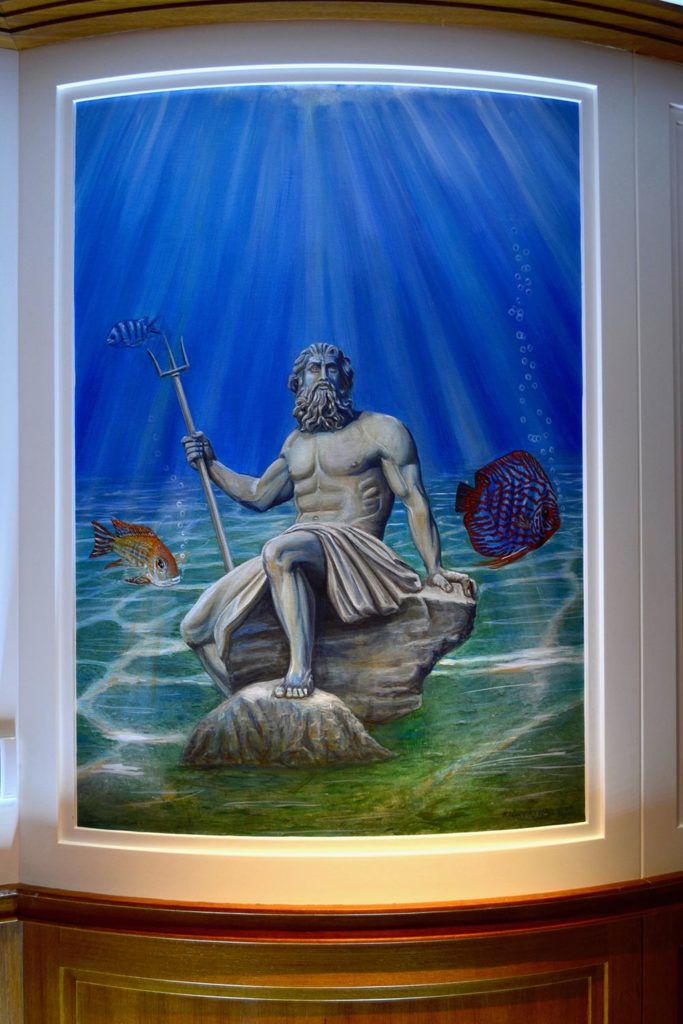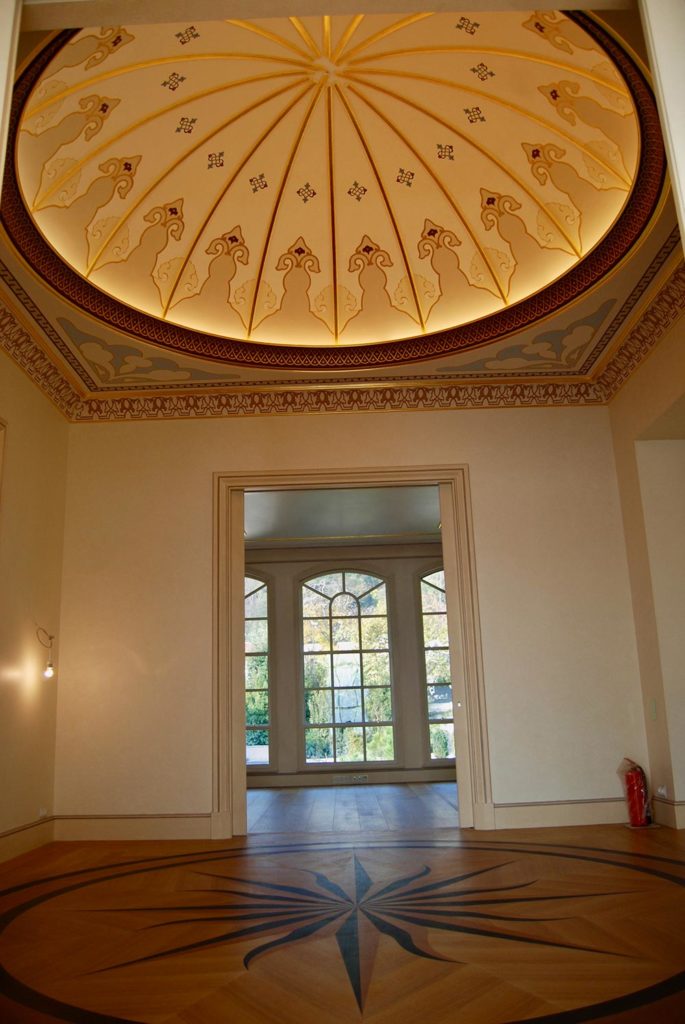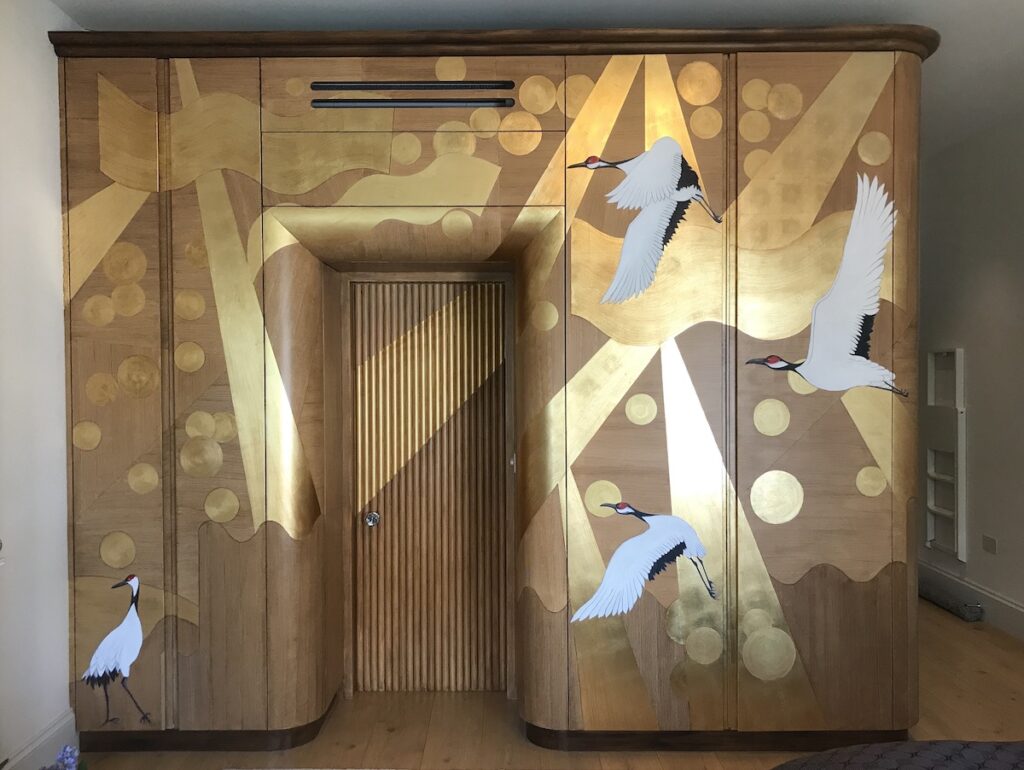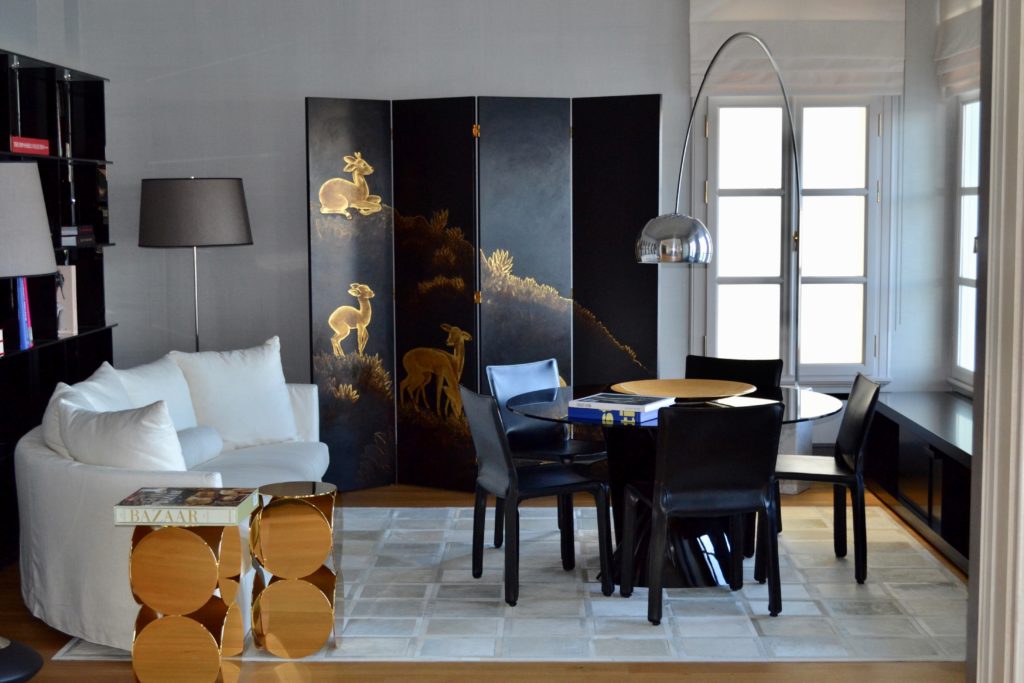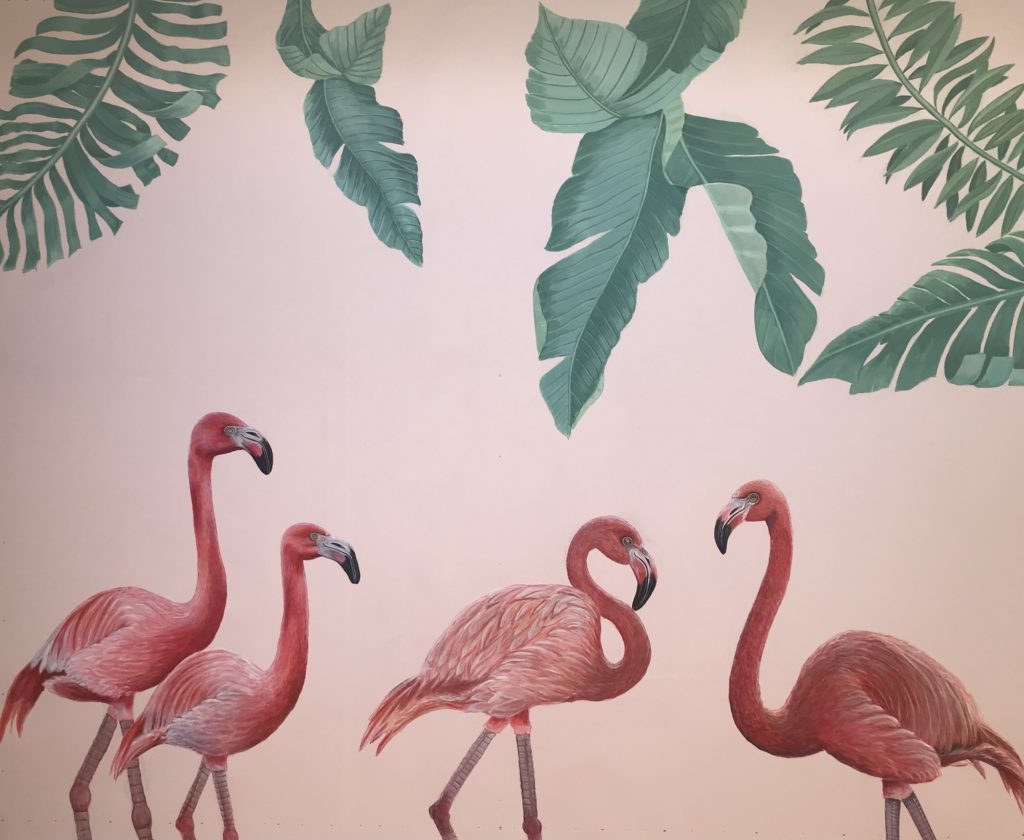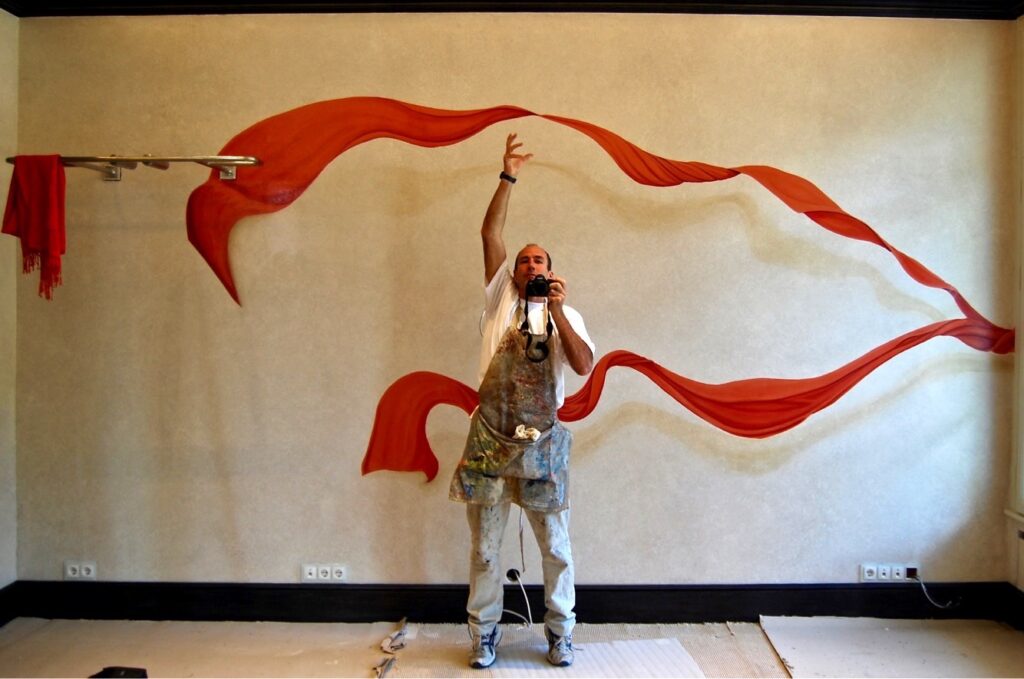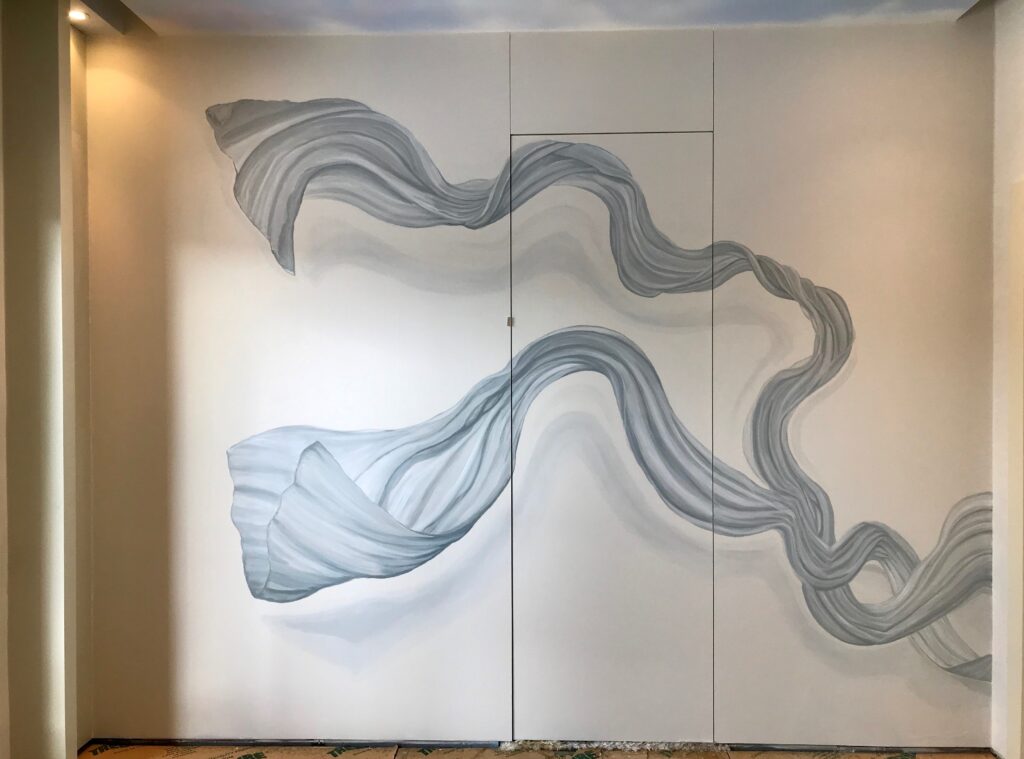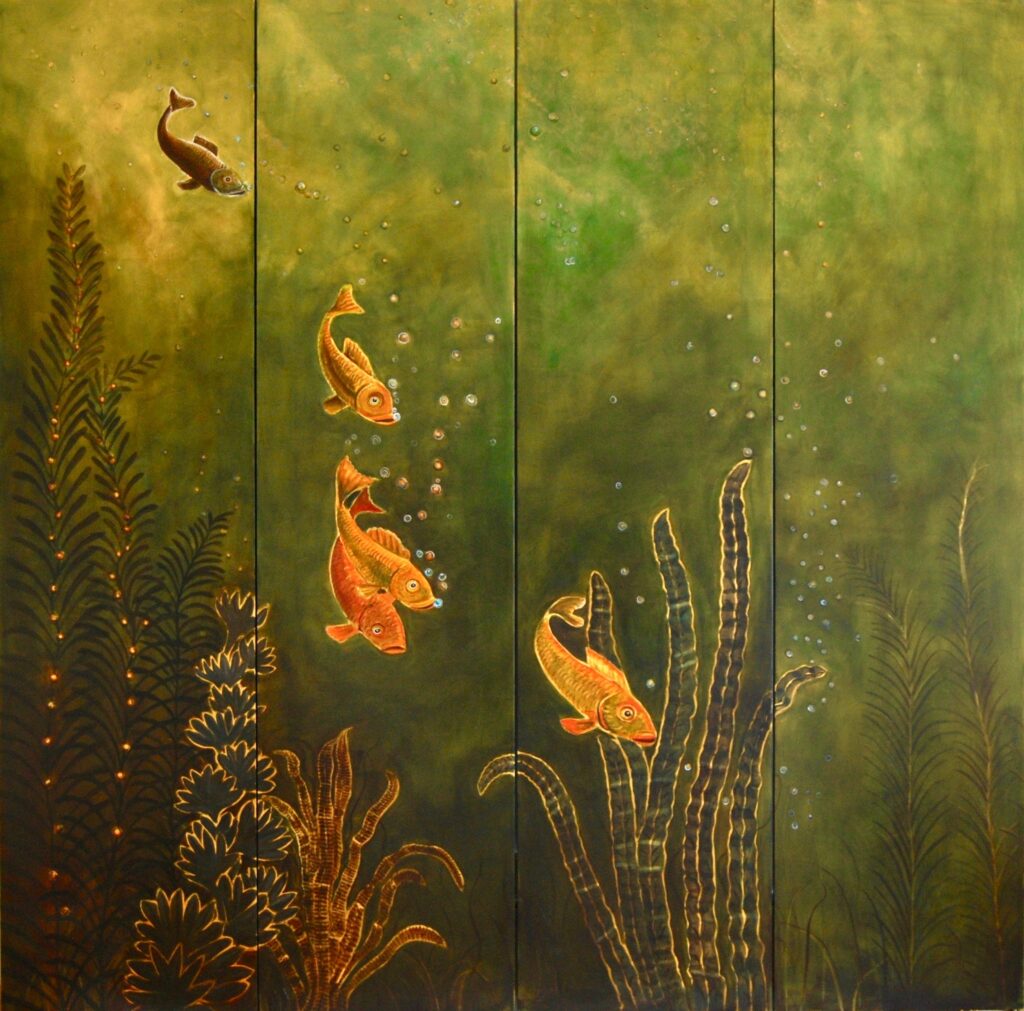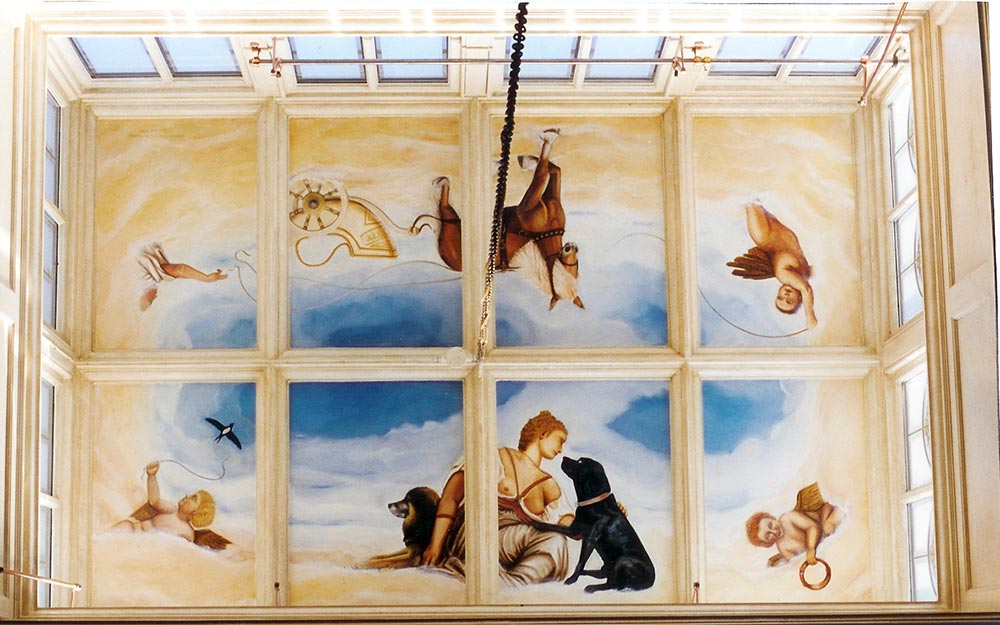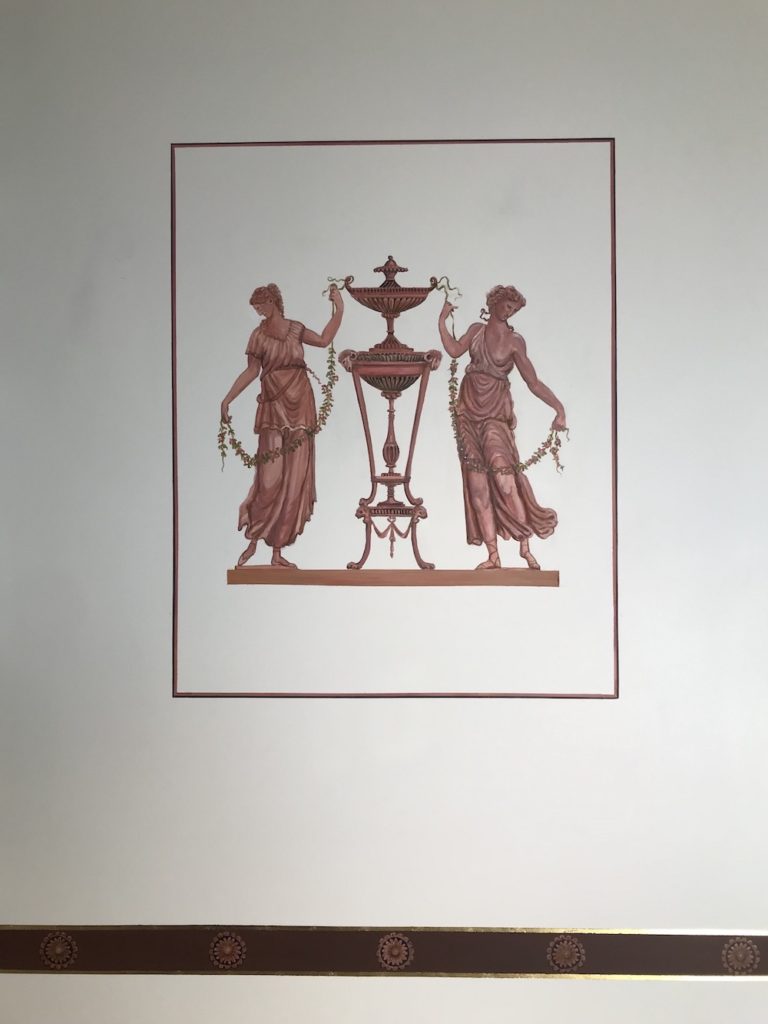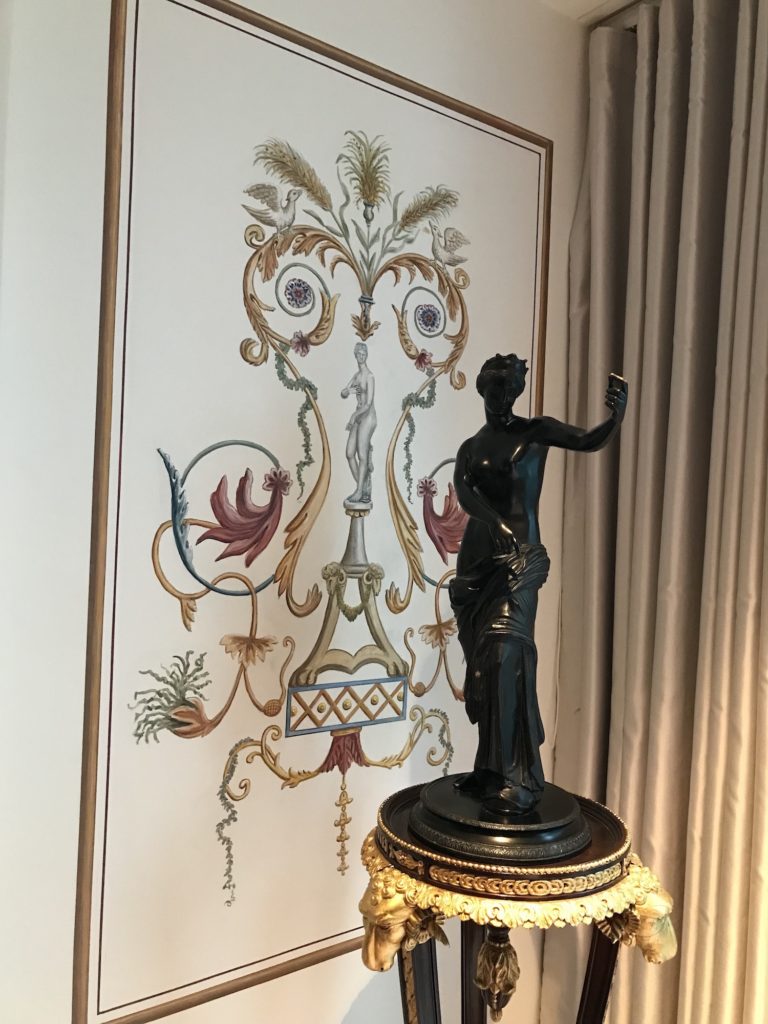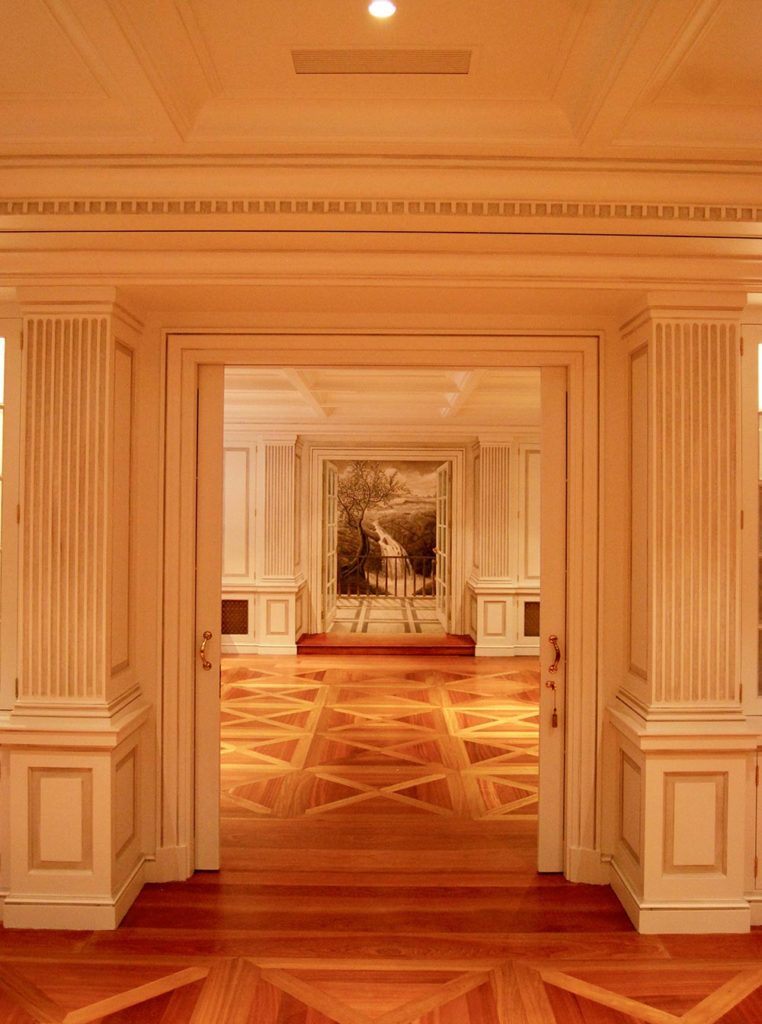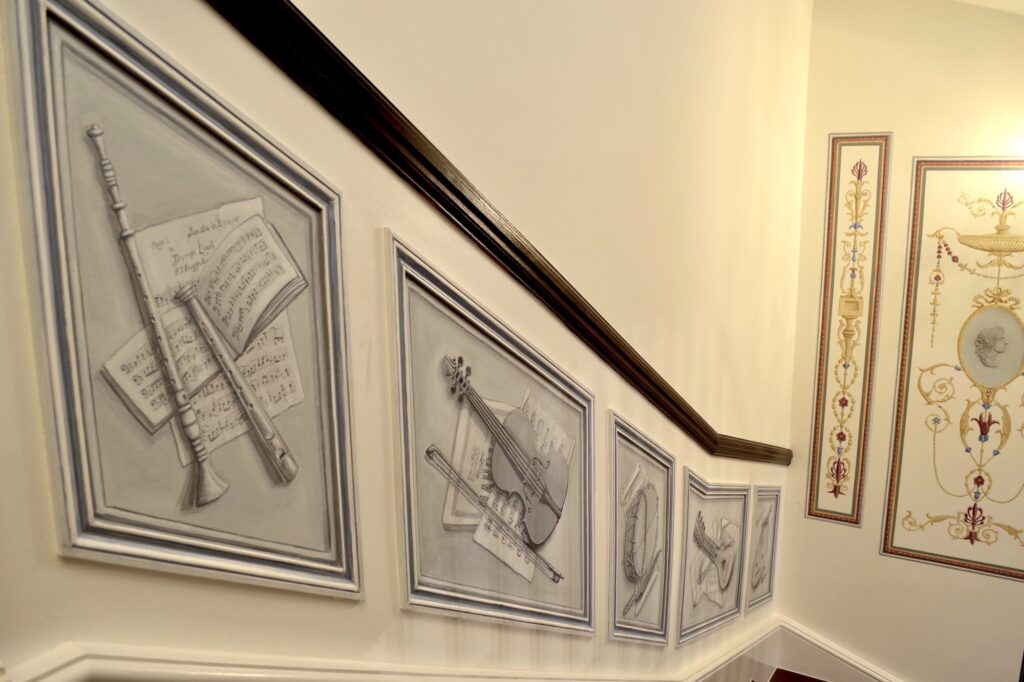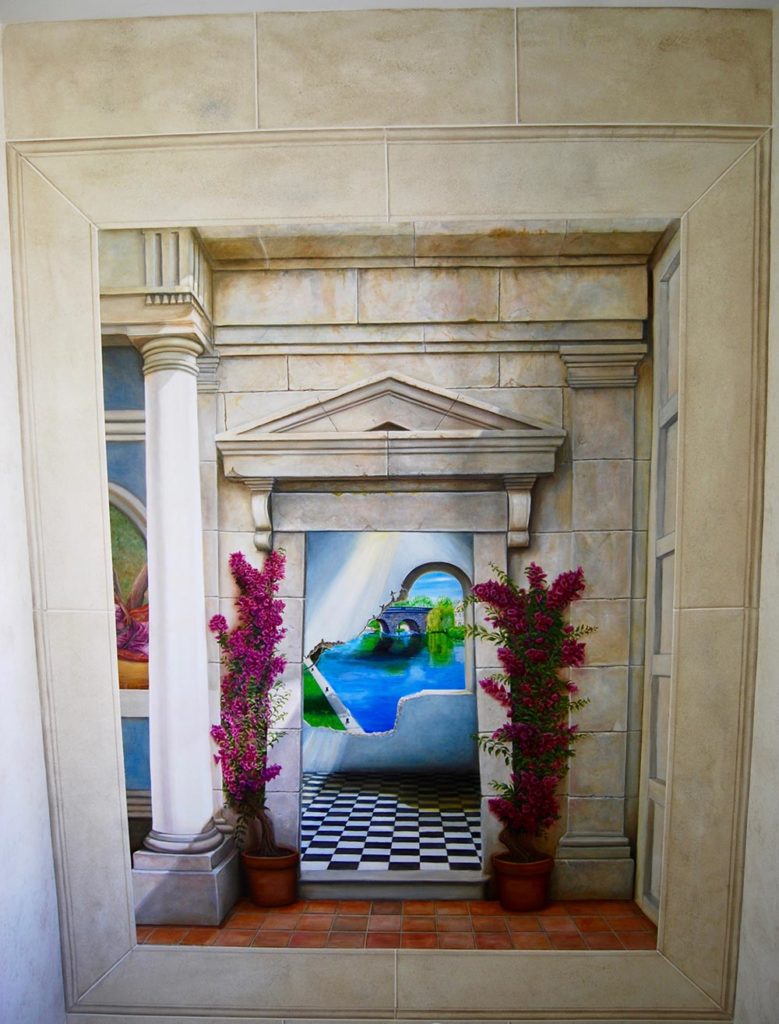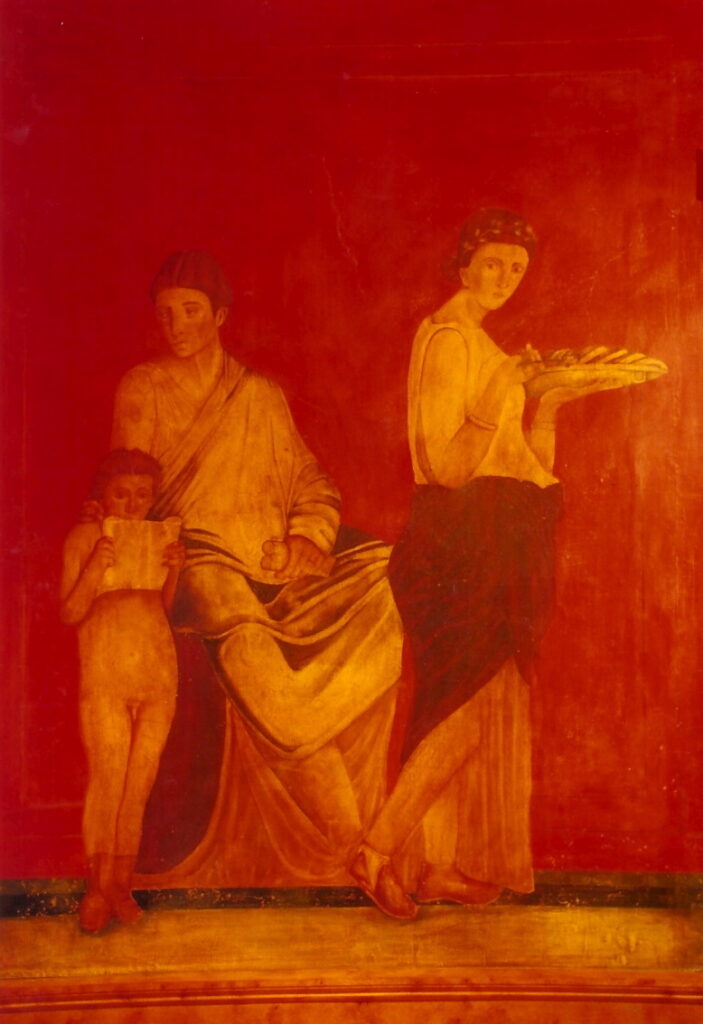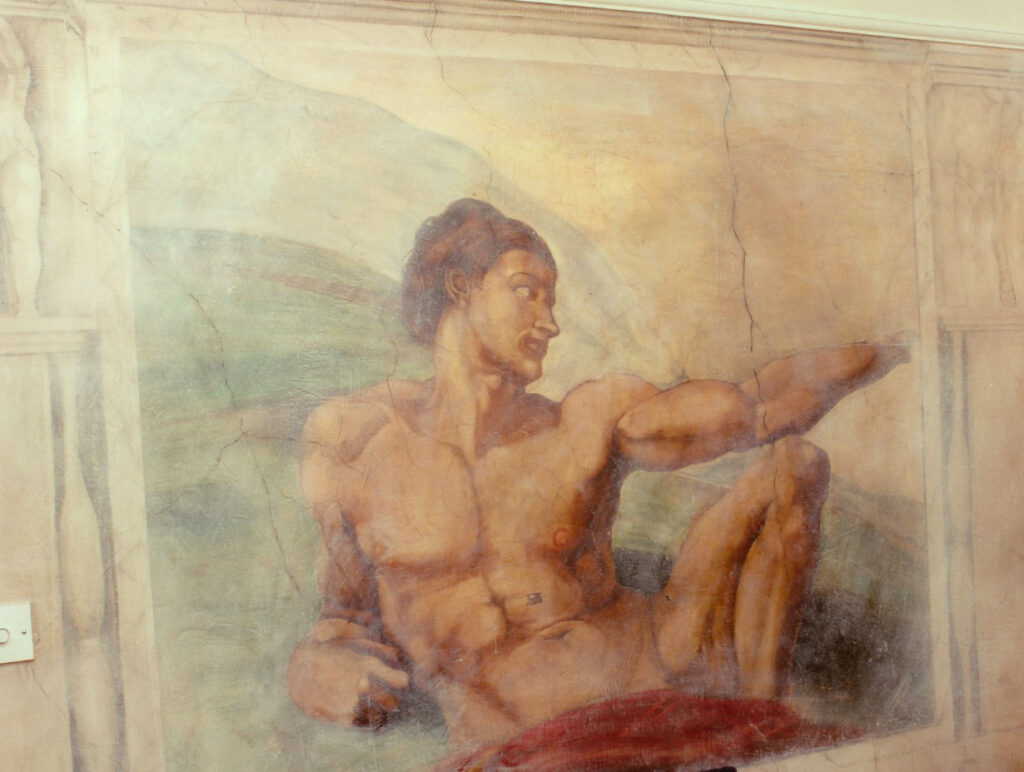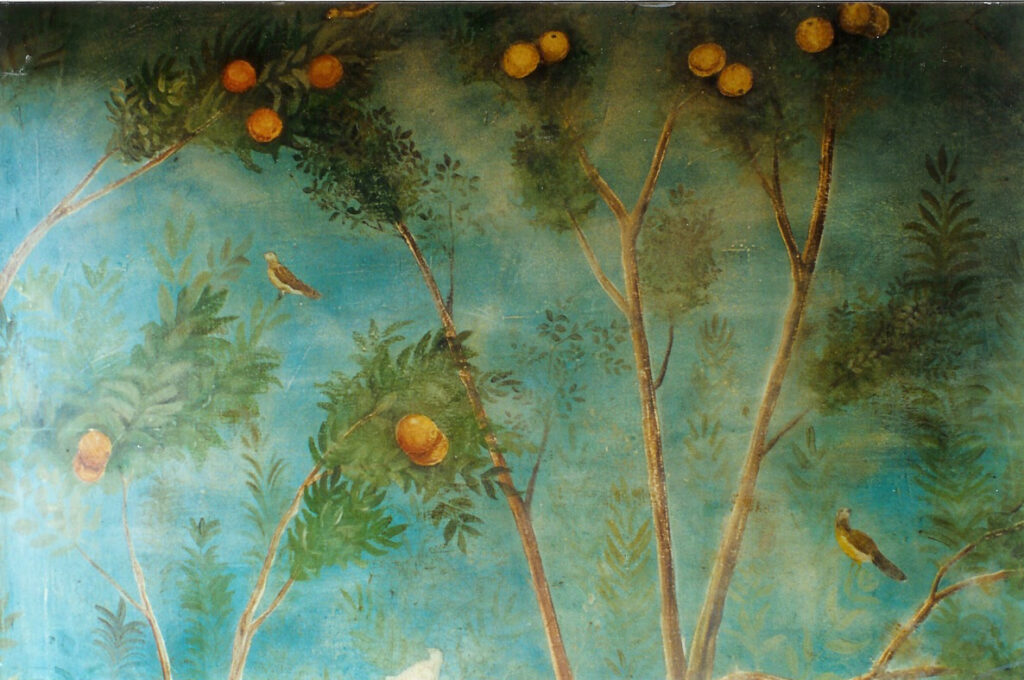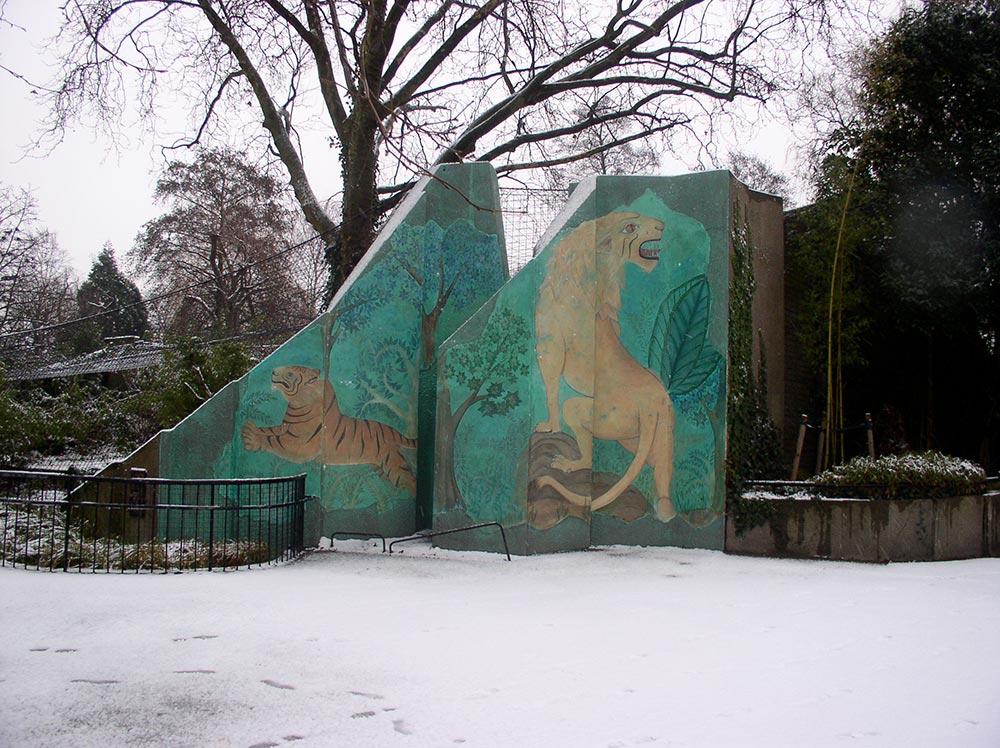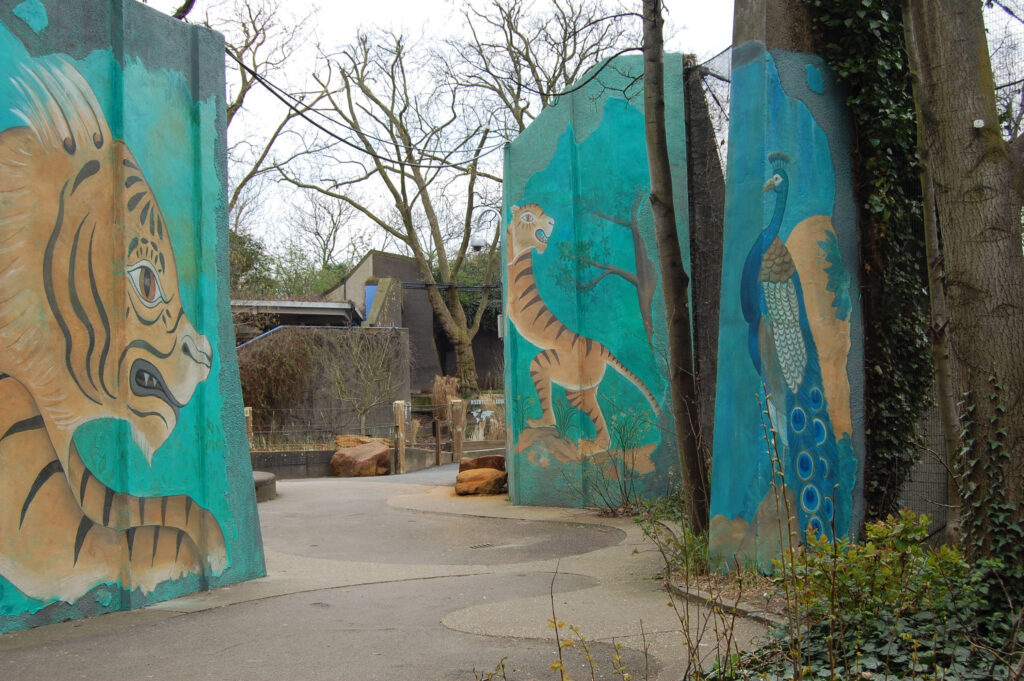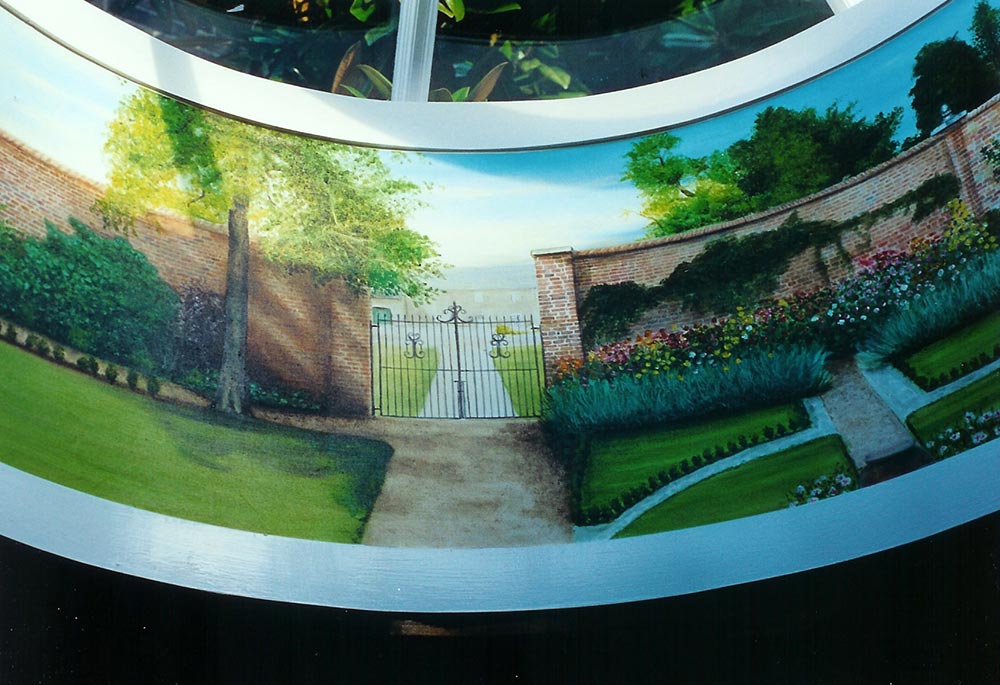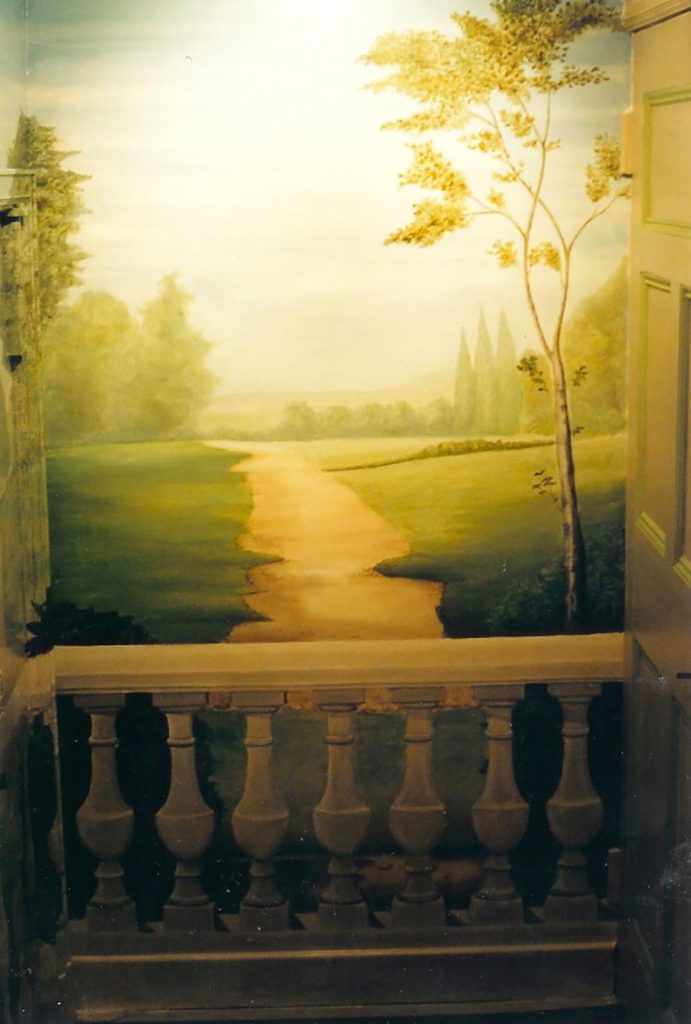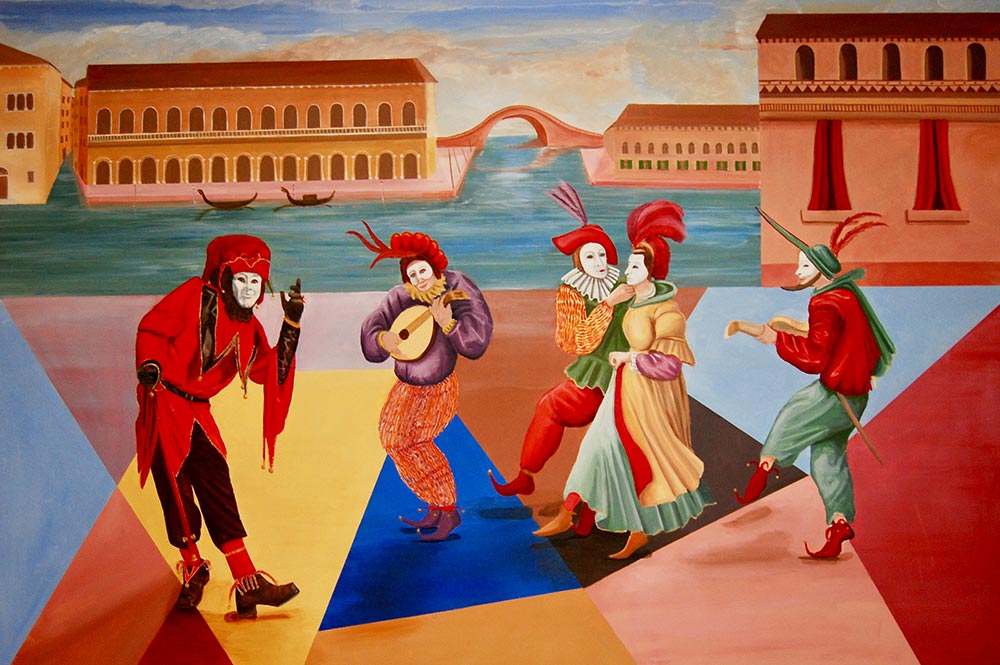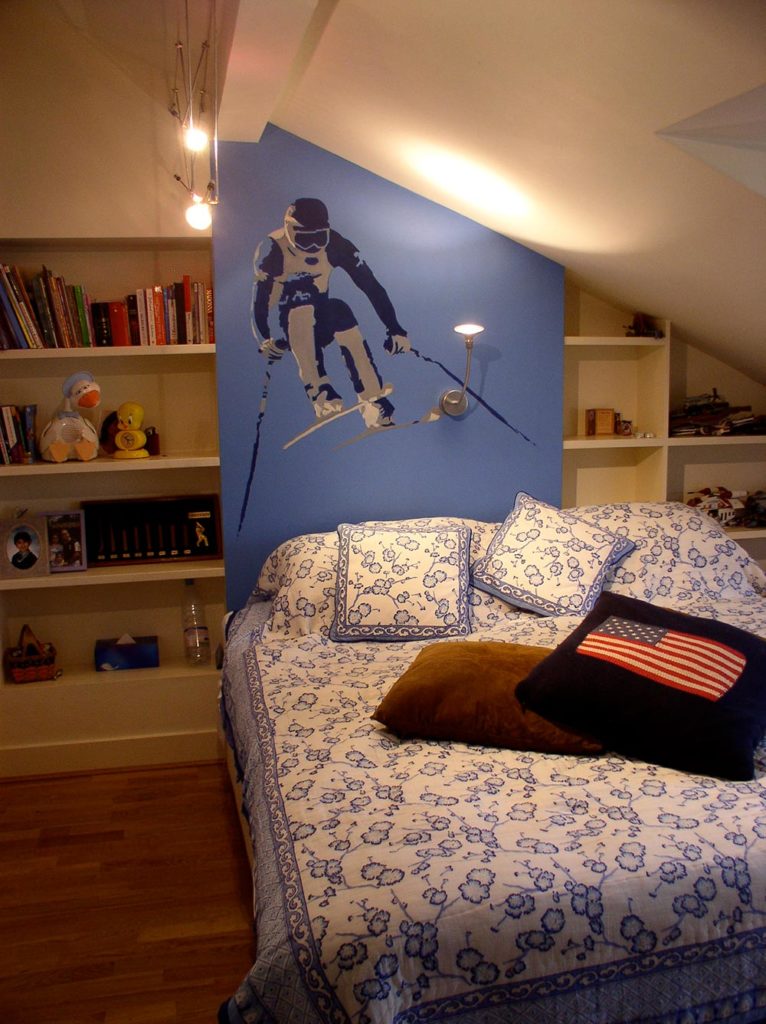Murals are the oldest form of wall decoration from the earliest cave paintings to Roman frescos. The work of modern-day mural artists is to enhance the interior and often to provide a view of the outside world.
The mural artist has a responsibility to interpret the light and dimensions, style and period of the interior and to search for something individual for the owner.
Richard’s murals take their inspiration from classical European and Eastern origins and cover many styles whilst maintaining an individual and fresh approach, his work suits both classical and modern interiors and he enjoys meeting new challenges.
A mural can take anything from a few days to months to complete and something can be found to suit every client aesthetically and economically.
In Richard’s mural gallery is a vast array of subject matter but what is consistent throughout his mural painting is the high level of detail work occasionally bordering on photorealism. Using a clever mixture of perspective and shadows (trompe L’oeil) the eye can be drawn to the infinite distance or to the end of a diminishing street, creating the illusion of space and creating an atmosphere, these are tools in the hands of a skilled mural artist.
Whether wall murals or ceiling murals they serve a beautiful decorative wall covering from chinoiserie to a more sophisticated artistic mechanism to trigger the imagination and create a story or mystery.
The cost of commissioning a mural depends on how long and how much detail is involved in painting the mural. In the mural gallery you will see some simple decorative murals which can be done in a matter of days and also some very complicated murals which have a lot of detail and can take weeks or even months to complete.
Mural painting has been made a lot easier for muralists recently with the introduction of synthetic canvas which can now be purchased of widths up to 2.4 meters which is the height of the average wall. The synthetic canvas has the advantage that it does not shrink when it is pasted to the wall and can be painted with acrylic or oil paints in the studio after which the mural can be transported to its final location. This can be more cost effective for the client as well as the muralist, as it cuts out the cost of travel and sometimes the expense of staying away as well as the time lost travelling to the location.
This method of painting murals on canvas is not new and is called ‘marouflage’ and has been around for a long time but has enjoyed a resurgence with mural painters in recent years with the invention of wide synthetic canvases.
If you are interested in commissioning a mural firstly try and get some idea of what is roughly required and contact Richard and after some discussion re.content and budget a sketch is made and a firm cost established.
It is much more fun commissioning your own mural and so much more rewarding to become part of a creative process.




